|
Available on Amazon: "Equal And Opposite Reactions" http://amzn.to/2xvcgRa "Hail Mary" https://www.amzn.com/1684334888 "Tropical Depression" https://www.amzn.com/B0BTPN7NYY The Pullman National Historical Park...Continued from yesterday: On Tuesday Claire suggested that we visit the Pullman National Historical Park, site of the historic factory and company town built in the 19th century by industrialist George Pullman for the production of his Pullman railroad sleeping cars. The visit turned out to be extremely interesting, and more historically enlightening than I'd anticipated. In the morning Claire biked to our hotel, from where we walked a few blocks through town, ...to a cute little breakfast spot called Kanela, ...where the food was oh, so good. After breakfast we walked a few more blocks, ...to Millennium Station, ...a vast underground commuter rail terminal. We sought out the train to the Pullman stop, and to our surprise and delight the double-decker train was all decked out for the holidays. The stairway to the upper deck. We rode the train for about 40 minutes before arriving at the cute, old-timey-looking Pullman station. When we descended to the street level I had the impression that we'd entered a hall of Roman arches, though these were the supports of the railroad above. A short walk from the railway station, Pullman National Park is set on the grounds of the old corporate office building, ...and the remains of the old Pullman sleeper car factory, across the street from the museum. The Pullman neighborhood, which begins across the street from the museum and old factory, is also part of the historic district. Now, before visiting the museum, all I knew about Pullman cars was that back in the day they were tended by Black Pullman Porters, and that to be a Pullman Porter gave a man economic and social status in the American Black community. I assumed that the museum would mostly chronicle the development and production of the Pullman sleeping car. But rather it told stories of labor in America. We learned that after the Civil War engineer and businessman George Pullman came up with the idea of manufacturing a luxury sleeping car, in which passengers could have the feel of being in an upscale hotel on wheels. To tend to the sleeping cars and the needs of the travelers - carrying their bags, shining their shoes, making their beds, serving them food, answering their calls, etc., Pullman in the beginning hired former domestic slaves, who were generally trained to be deferential and discreet and used to obediently serving the needs and wants of white people. Though the exclusively Black Pullman Porters worked longer hours for far less wages than white employees of the Pullman Company, and likely took their share of abuse from demanding passengers (it was a common practice among the exclusively white passengers to call all Pullman Porters "George"), ...in the late 19th and early 20th centuries being a Pullman Porter was one of the best jobs available for an American Black man, and for many Black families having a Pullman Porter as breadwinner gave them an entry into the middle class. Pullman Porters eventually organized into the first Black union, the Brotherhood of Sleeping Car Porters, and some Pullman Porter union organizers were involved in the early Civil Rights movement. For the white employees of the Pullman Company, George Pullman came up with the concept of a company town. Pullman bought 4,000 acres across from the factory on which he built nice brick houses with the luxury of indoor plumbing, stores, a park, all the essentials of a plesant small town. All the employees lived in the town of Pullman where they rented the company houses, shopped at the company store, sent their children to the company school, were expected to attend the company church and required to keep the town rules set up by George Pullman. And of course, a family could only live in Pullman for as long as the family breadwinner worked for the Pullman Company Which begged the question: During the depression of 1893, when demand for Pullman sleeper cars fell off, Pullman cut the workers' wages in half but required that they continued to pay full rent. This left workers' families in a state of destitution and led to the Pullman Strike of 1894, the outcome of which would be instrumental in establishing American labor policy. At the end of our visit to the Pullman museum, the park ranger at the front desk suggested that we take a stroll through the historic residential neighborhood that was the original company town of Pullman, but that we first stop at the Pullman Club Coffee Shop located in the grand house across the street from the museum that used to be the home of the company manager. So we did. After we ordered our muffins and drinks, ...we were invited by the friendly volunteer working behind the counter to enjoy our snacks in the cozy, delightful dining room, ...then to proceed to the living room, ...where we watched some engaging films on he life of the Pullman Company workers. We then left the coffee house and strolled around the neighborhood of what used to be the Pullman company town, now, as we were informed, an ethnically and economically diverse and residential neighborhood. The houses designed by George Pullman for his workers were, in fact, quite charming, ...and supposedly an improvement over what a factory worker back in Pullman's time could normally afford for his family. We passed the town church, made of a beautiful green stone, ...and what used to be the grand Florence Hotel, built by Pullman for distinguished visitors. After we finished our tour of the neighborhood of Pullman we walked back to the station, ...having learned another chapter of American history.
0 Comments
Leave a Reply. |
"Tropical Depression"
by Patti Liszkay Buy it on Amazon: https://www.amazon.com/dp/B0BTPN7NYY "Equal And Opposite Reactions"
by Patti Liszkay Buy it on Amazon: http://amzn.to/2xvcgRa or from The Book Loft of German Village, Columbus, Ohio Or check it out at the Columbus Metropolitan Library
Archives
July 2024
I am a traveler just visiting this planet and reporting various and sundry observations,
hopefully of interest to my fellow travelers. Categories |
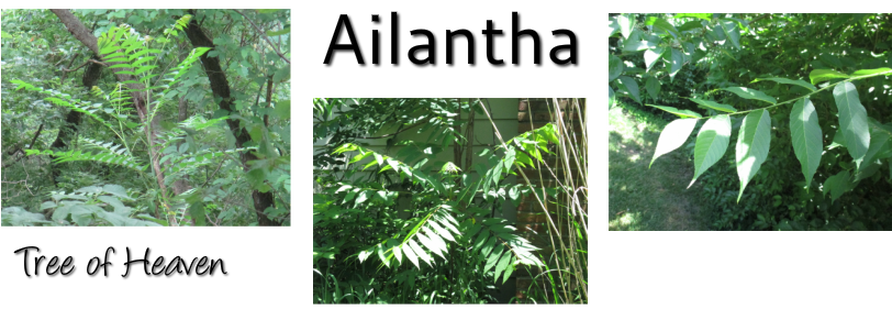
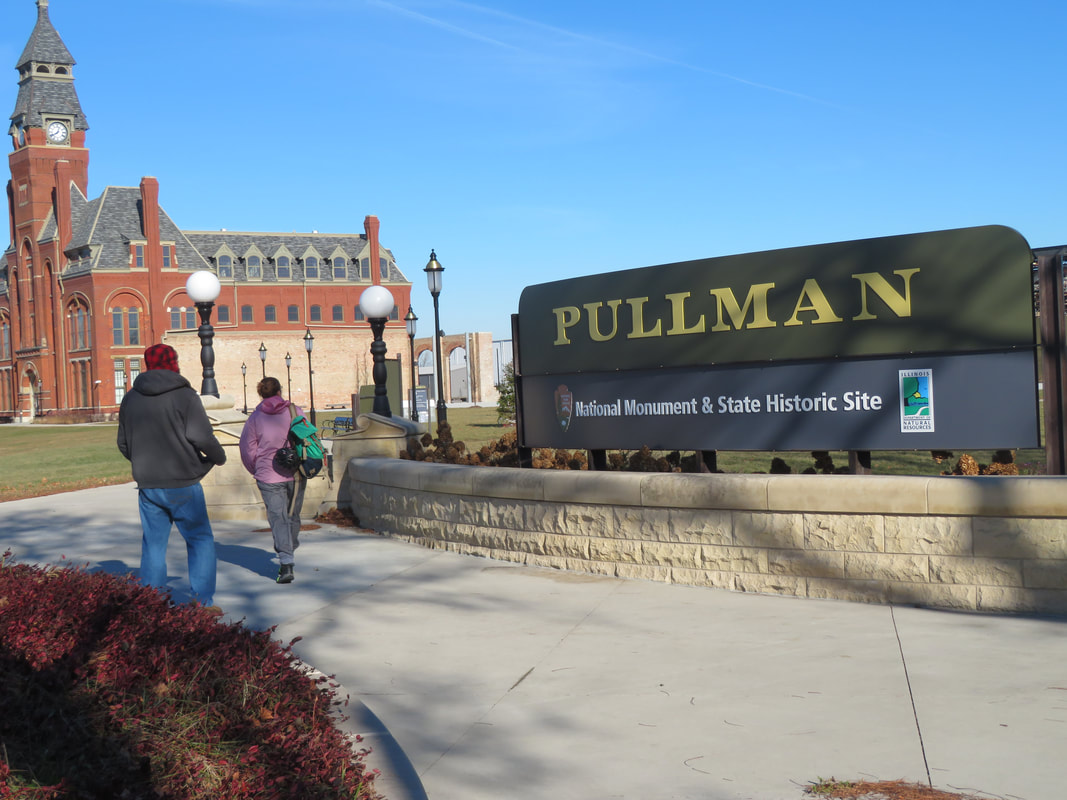

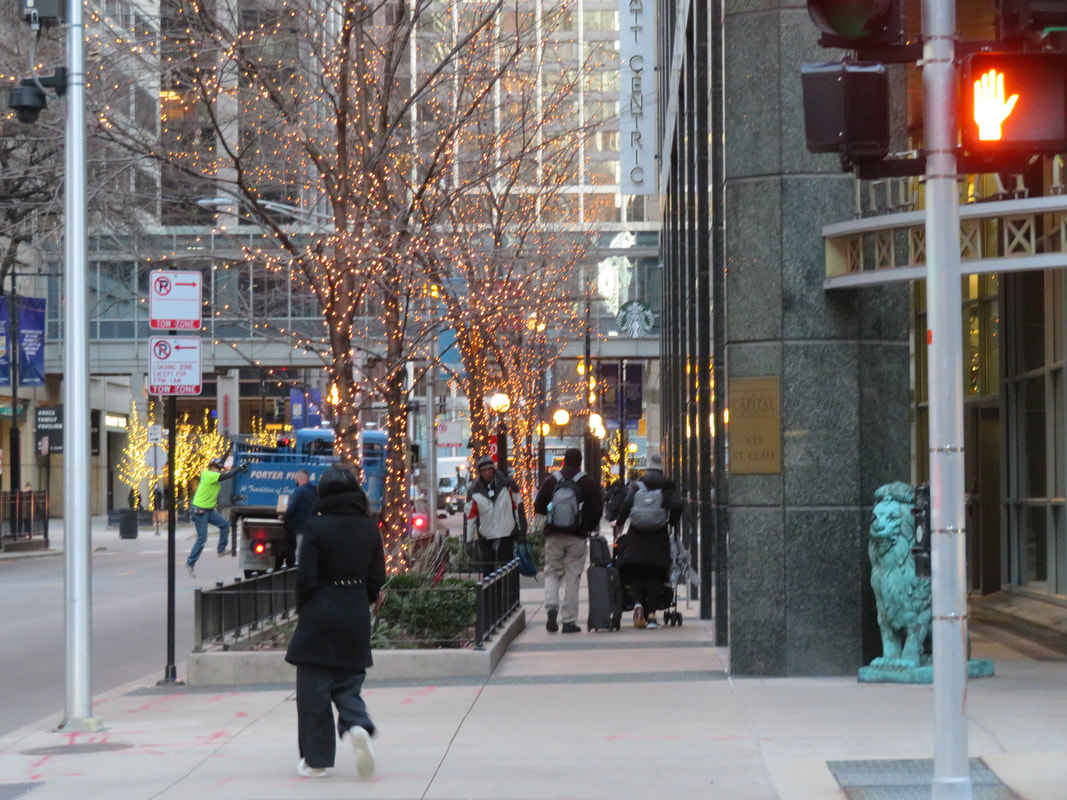
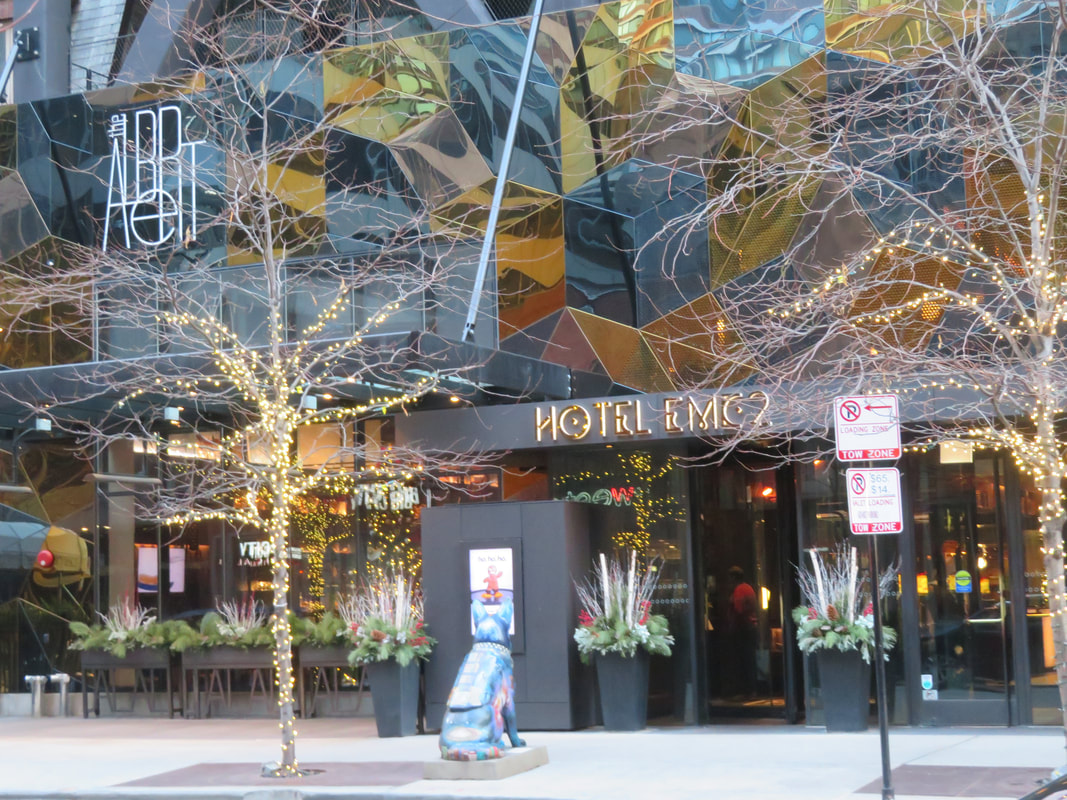
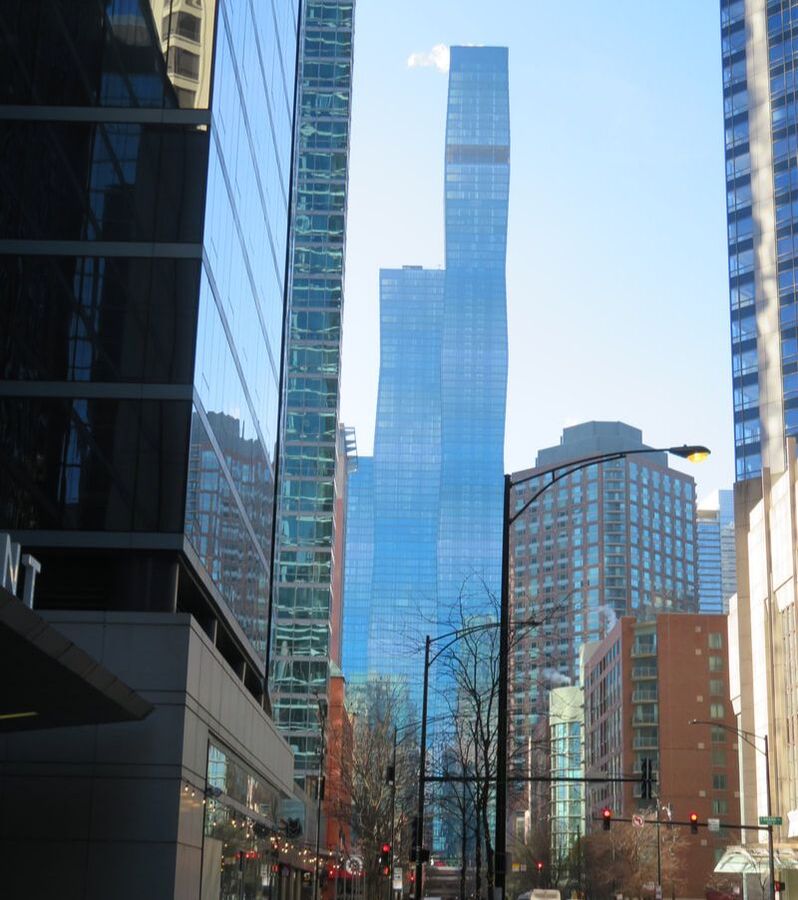
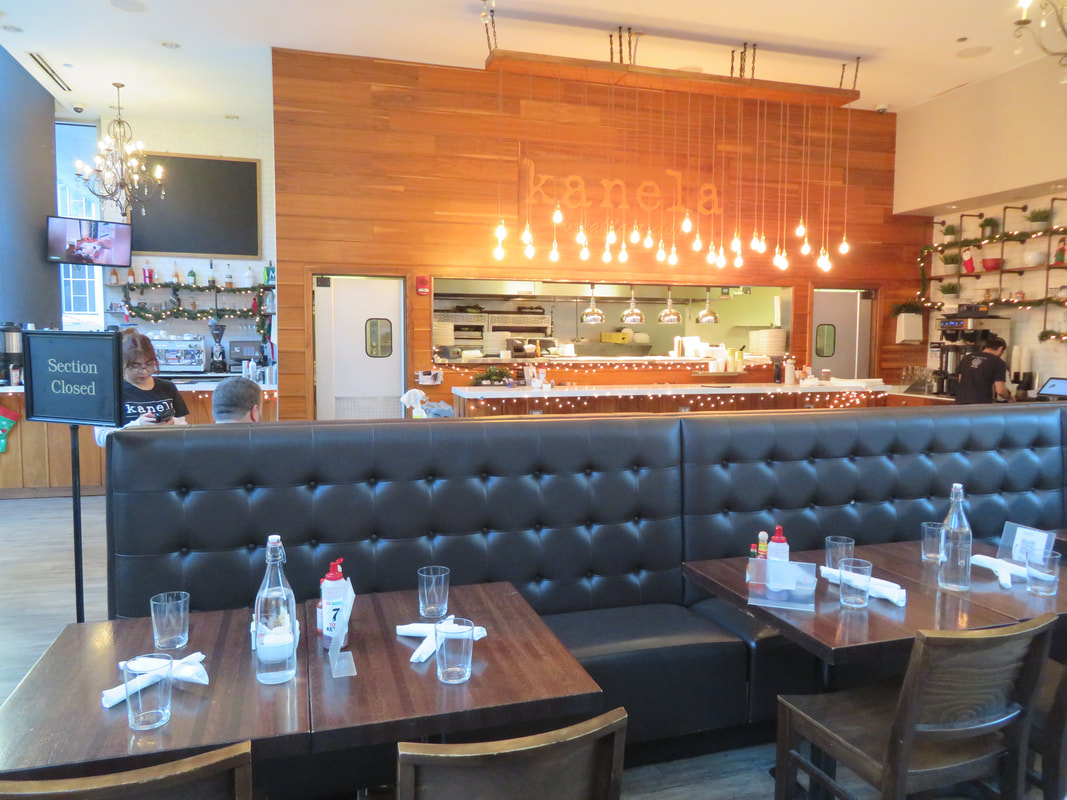

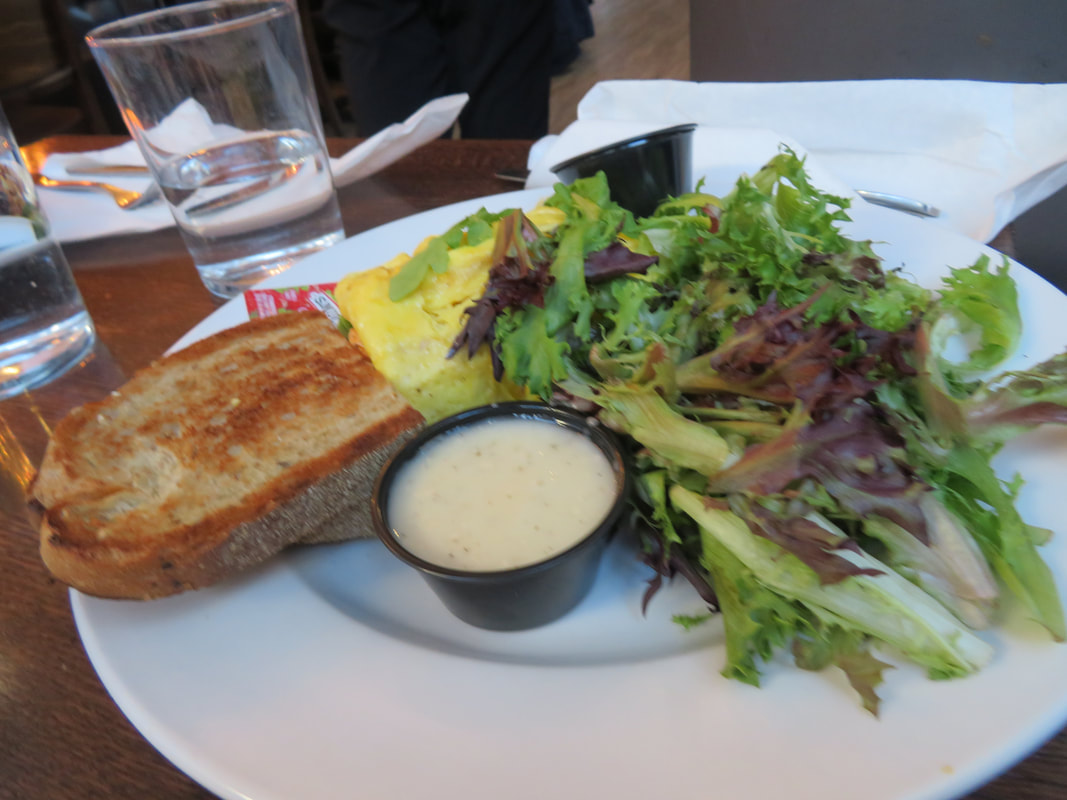
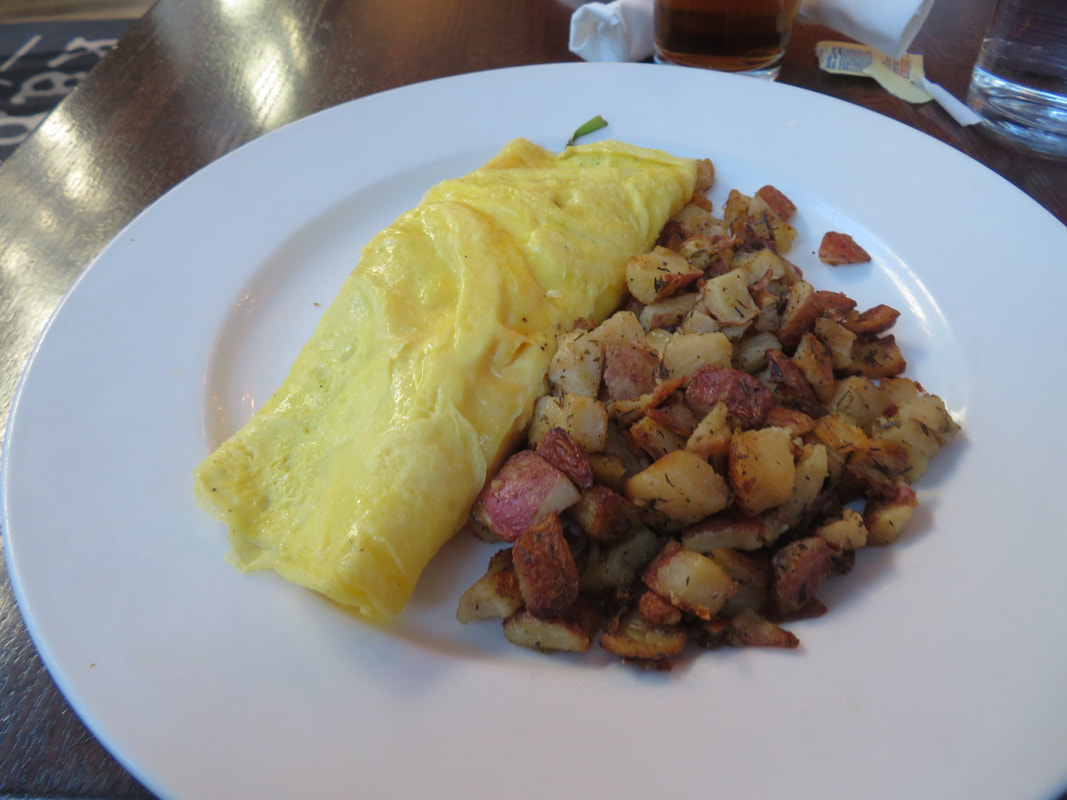

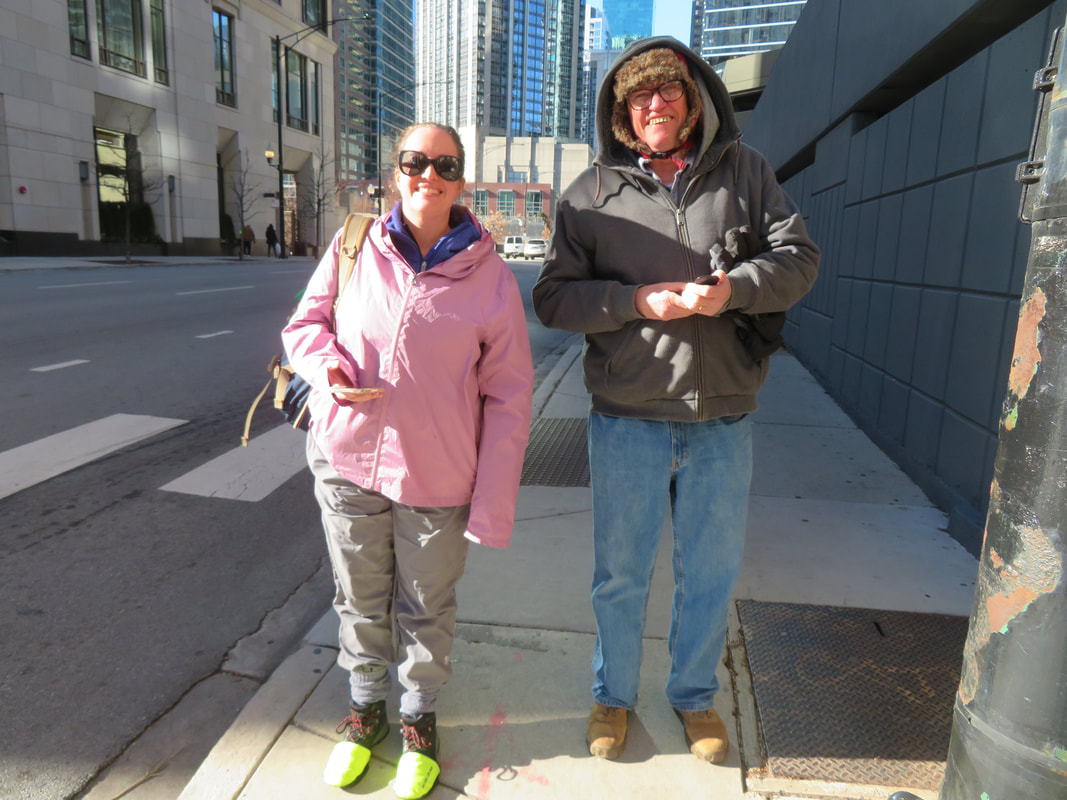
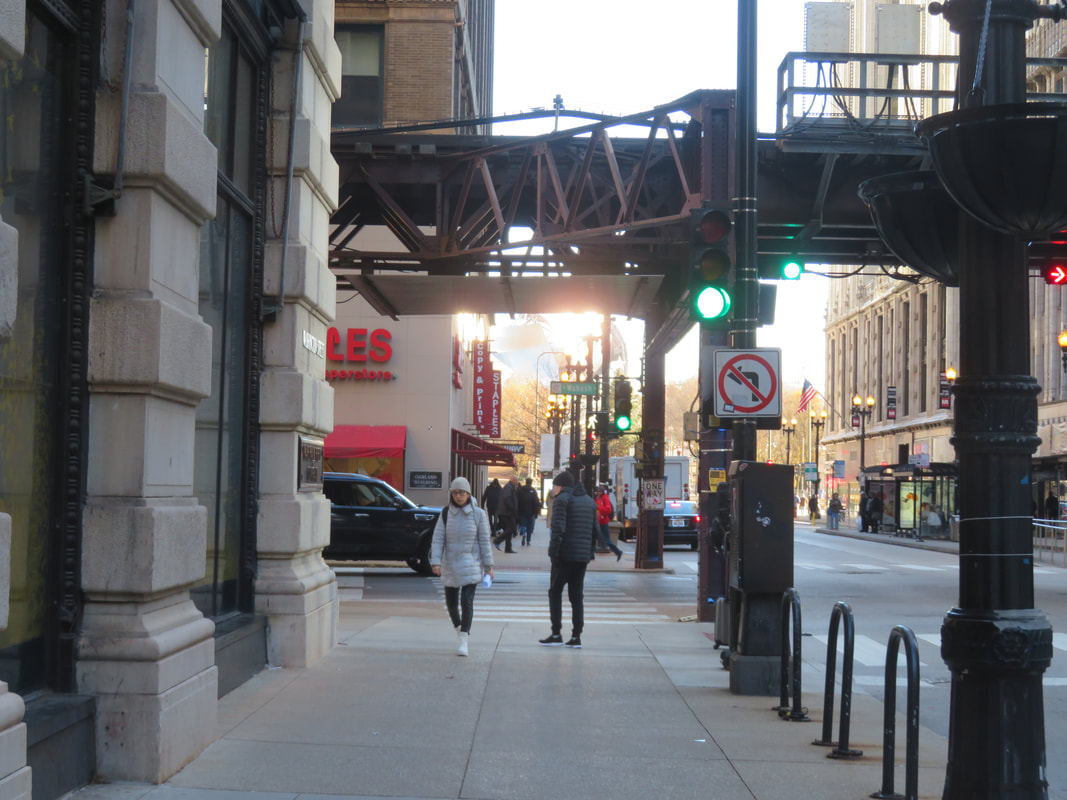
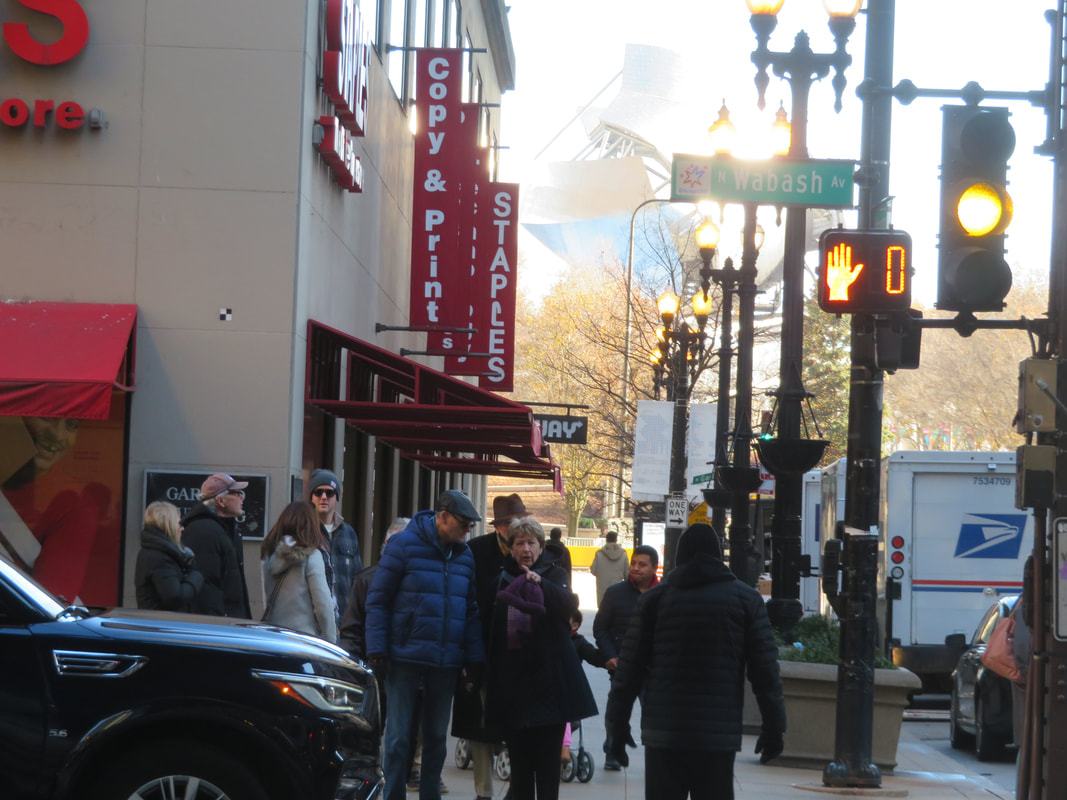
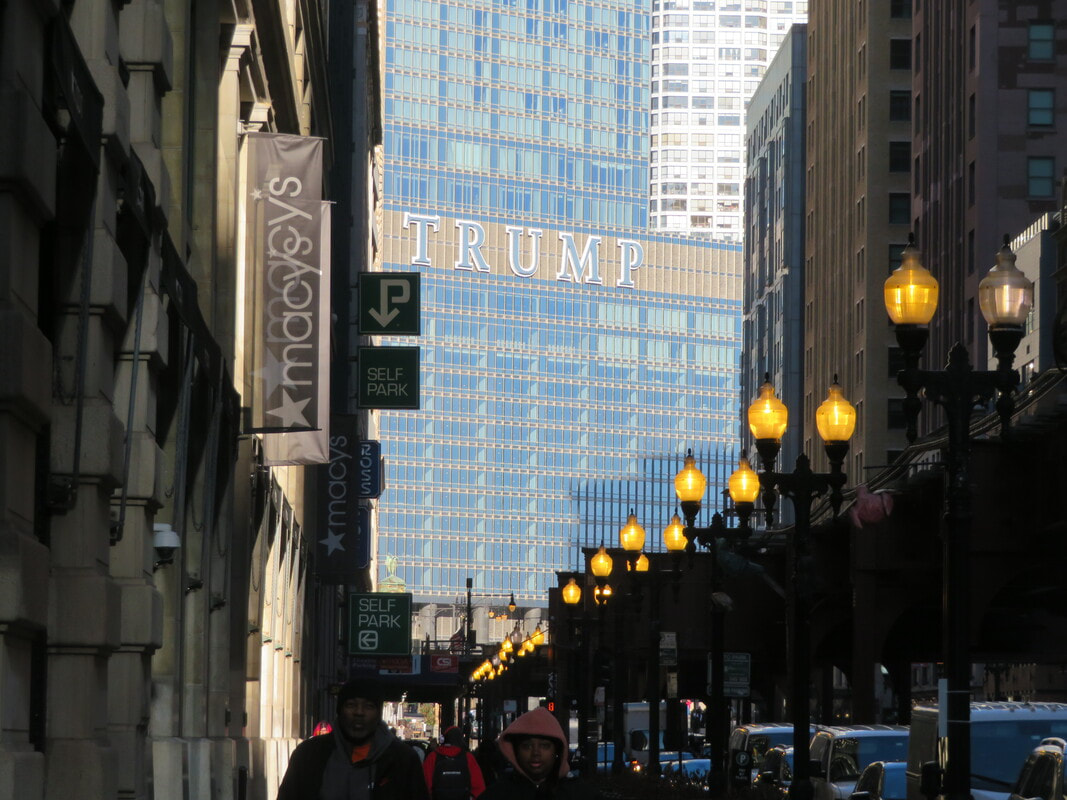
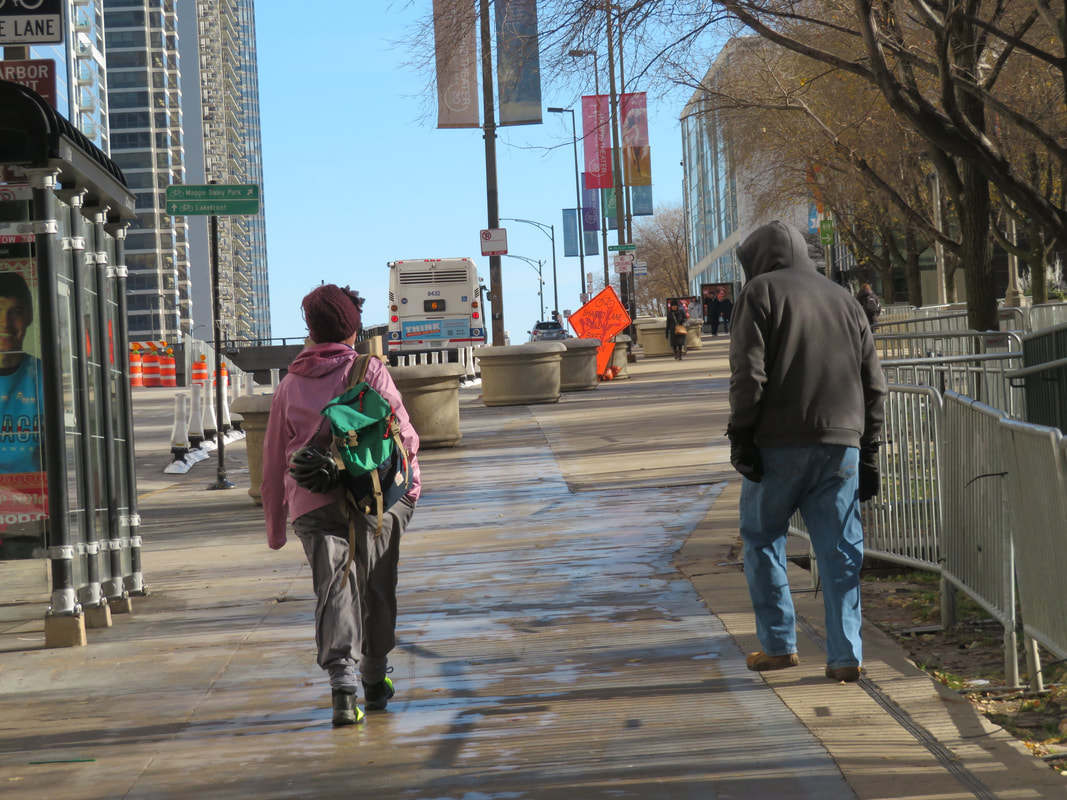
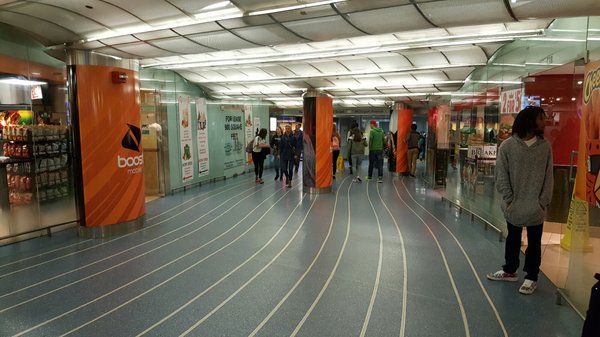
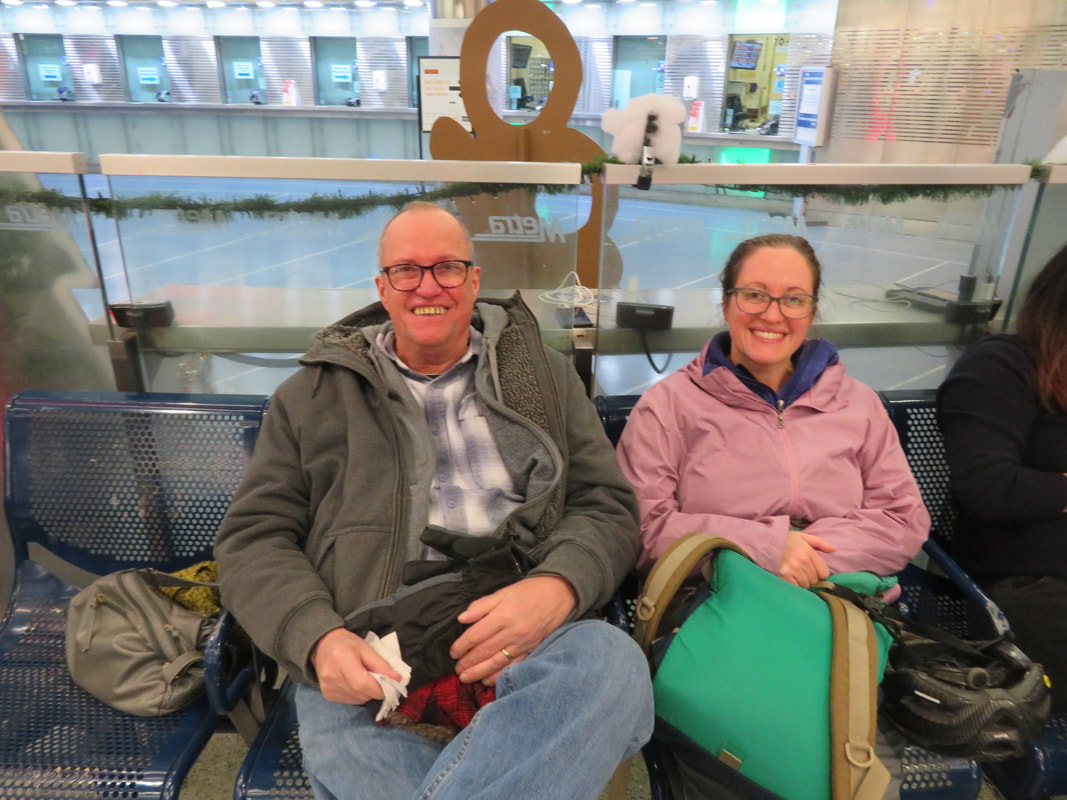

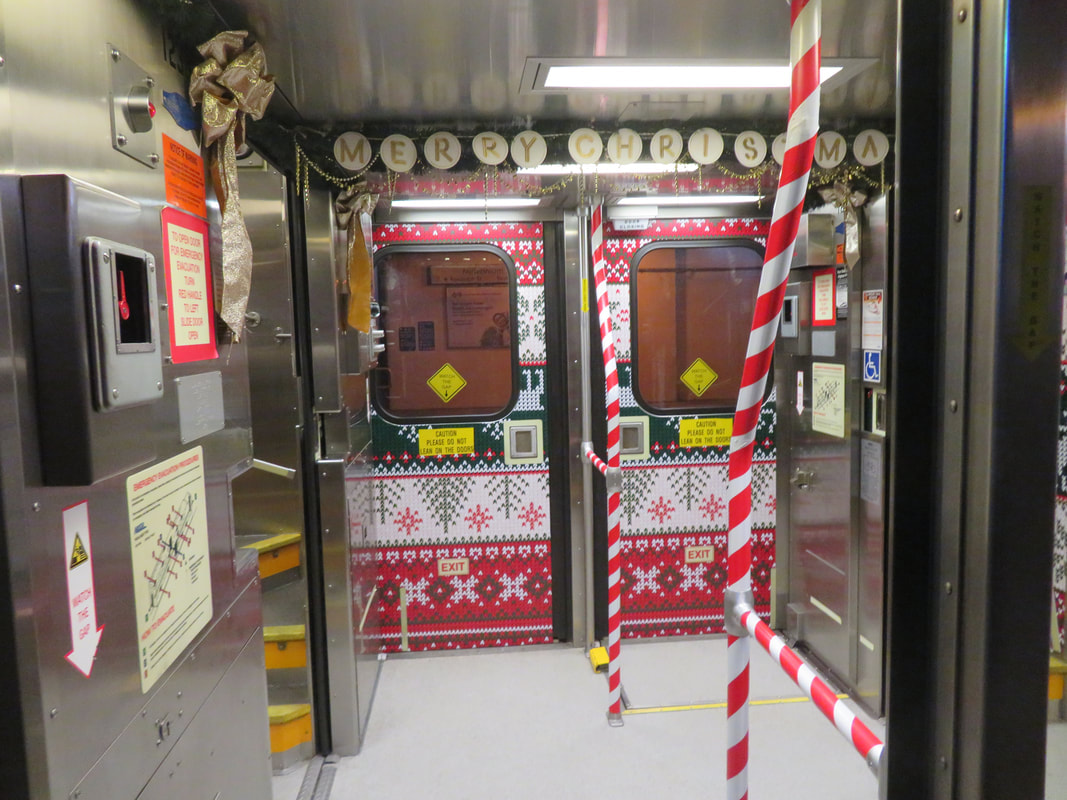
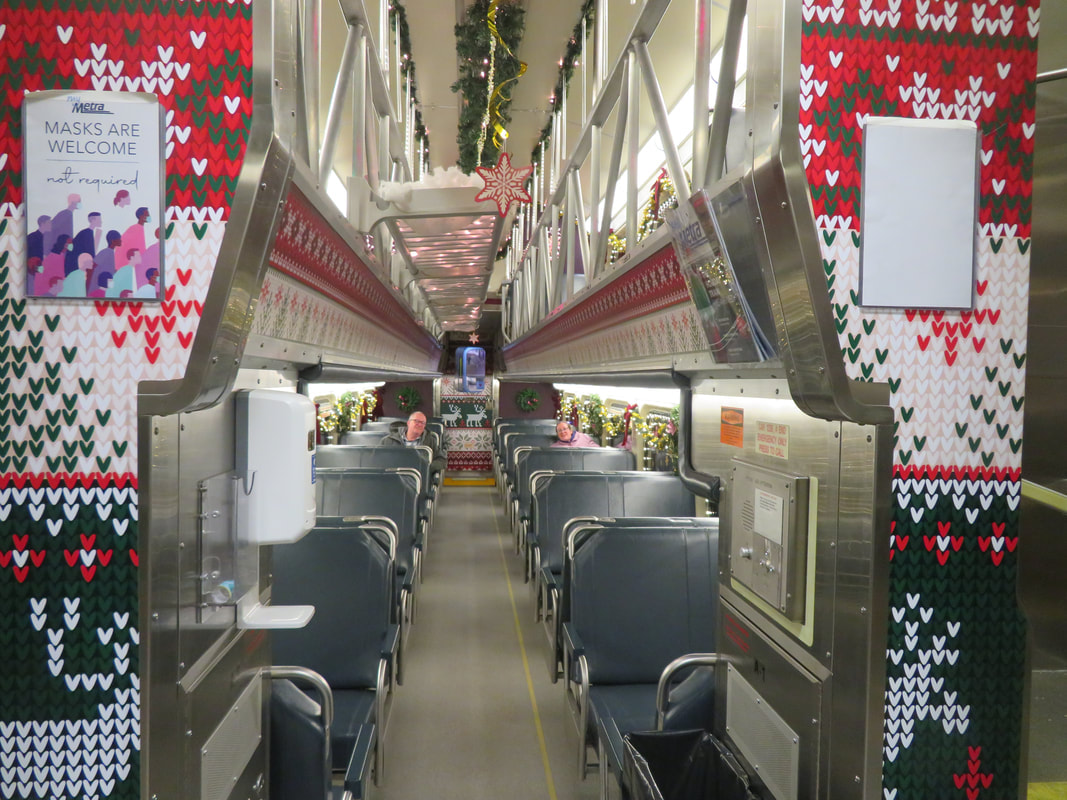
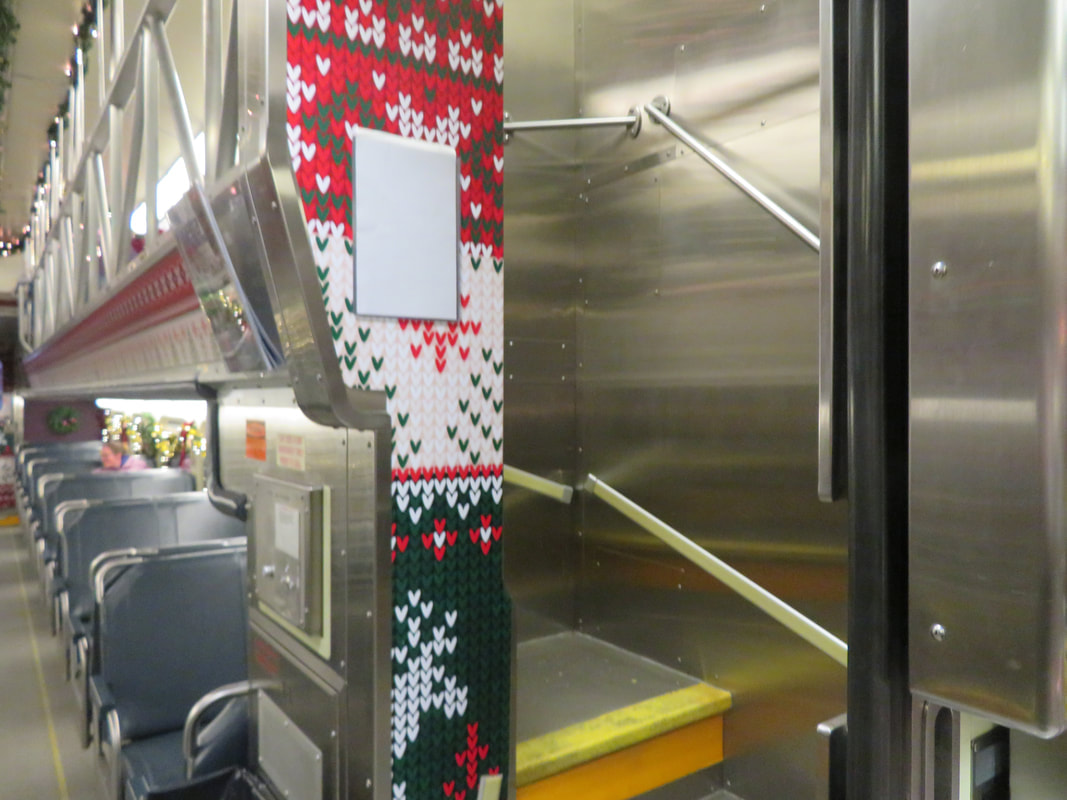
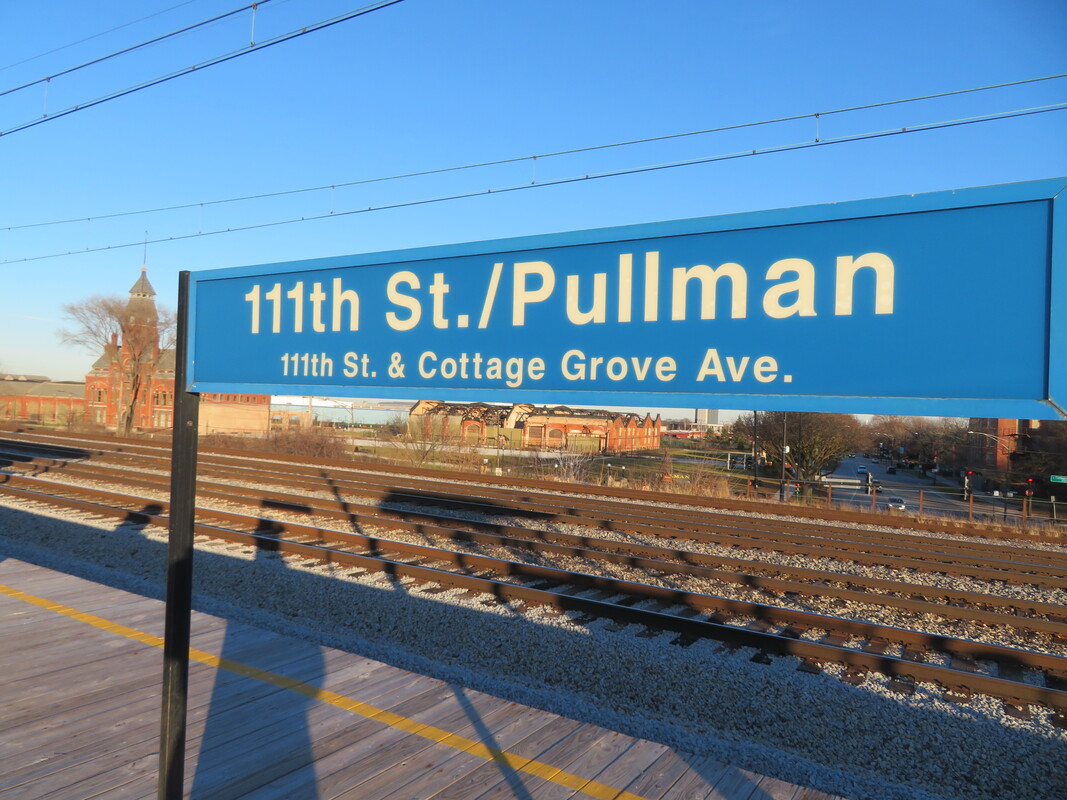

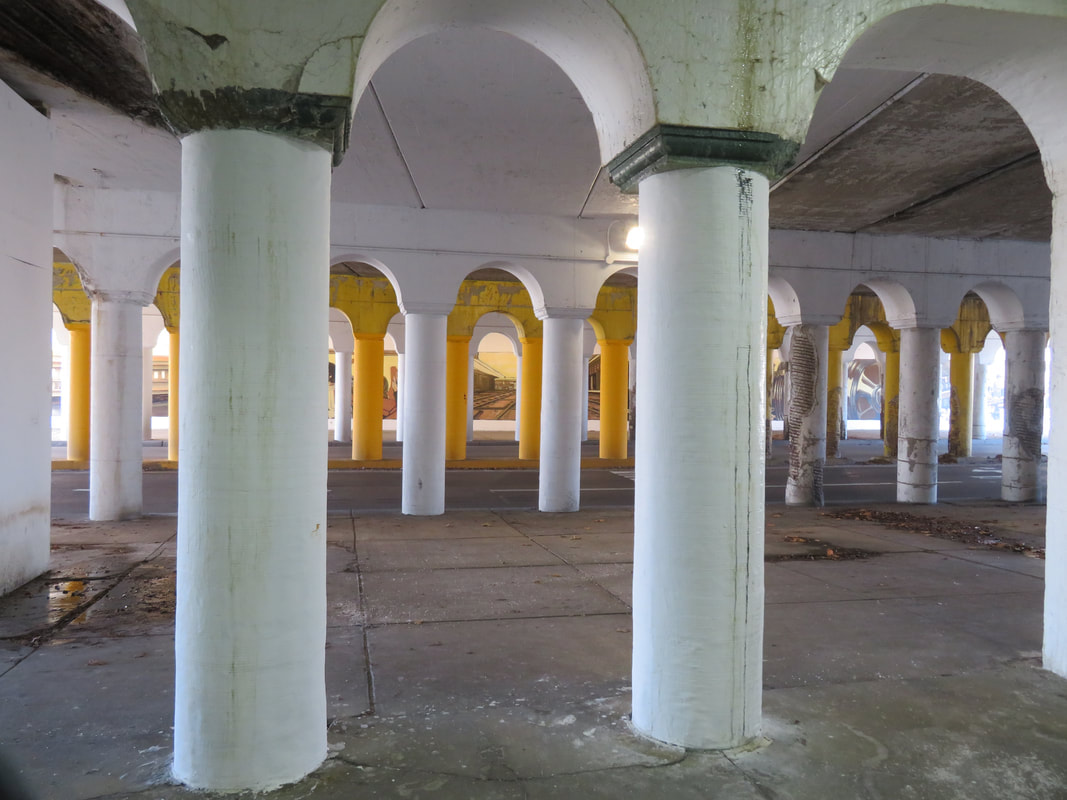
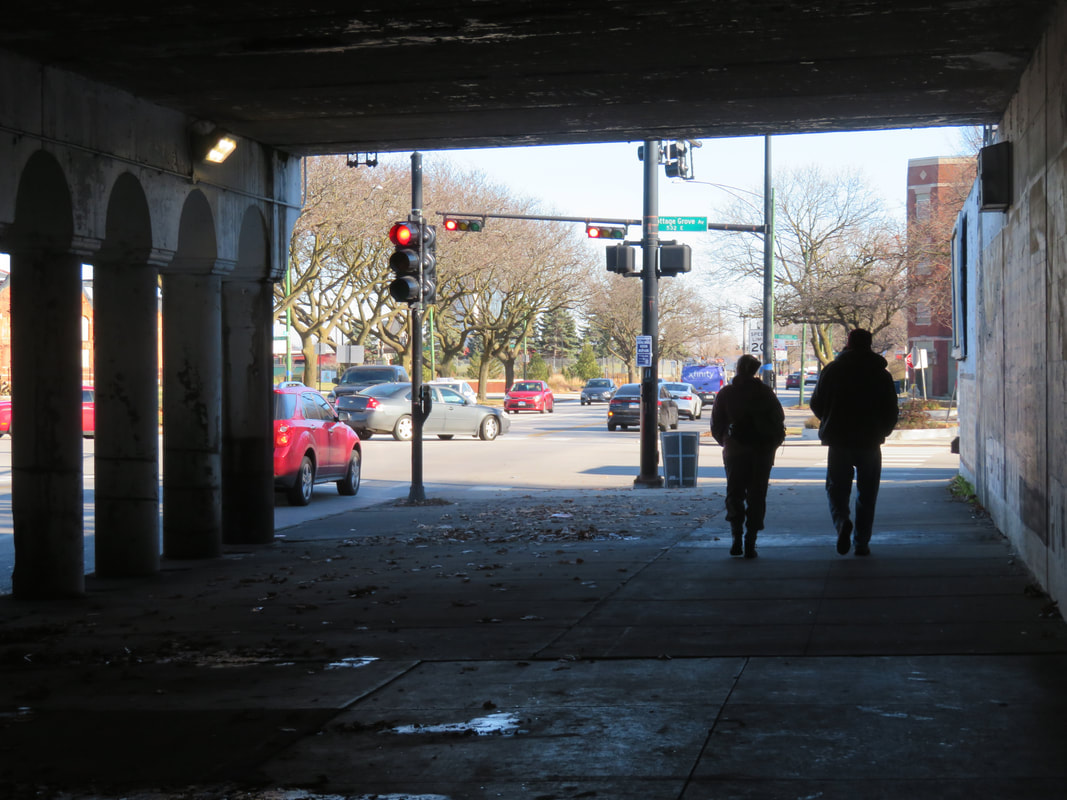
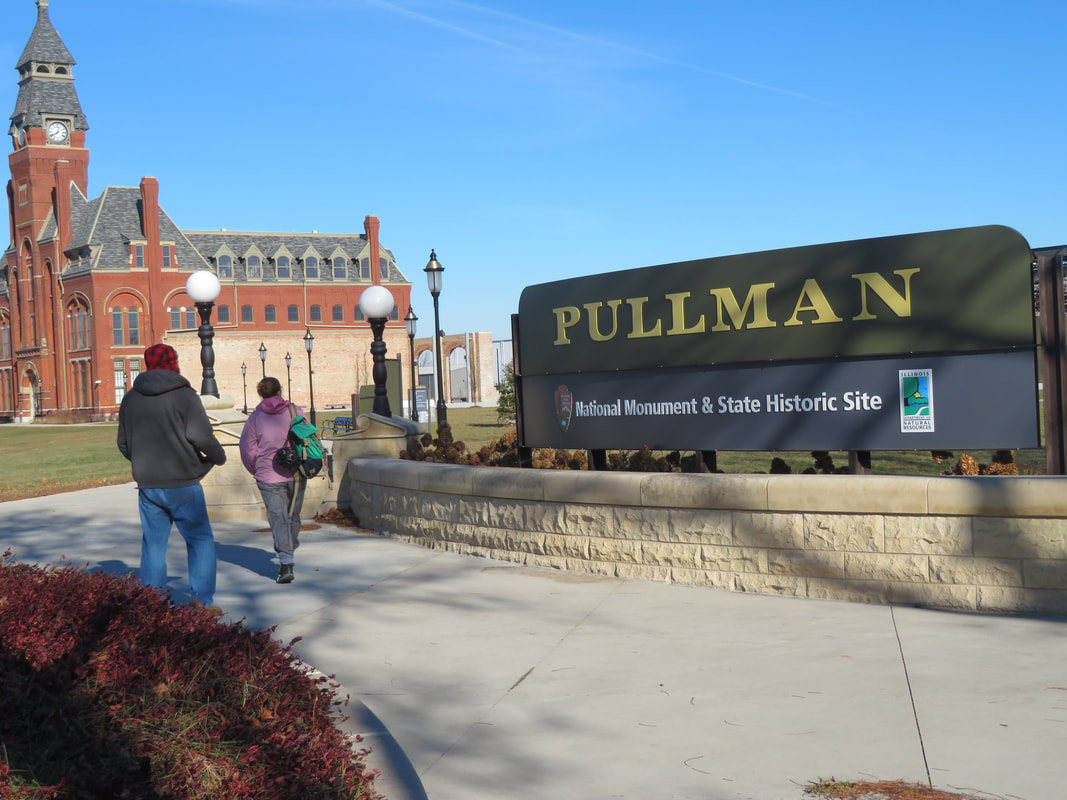
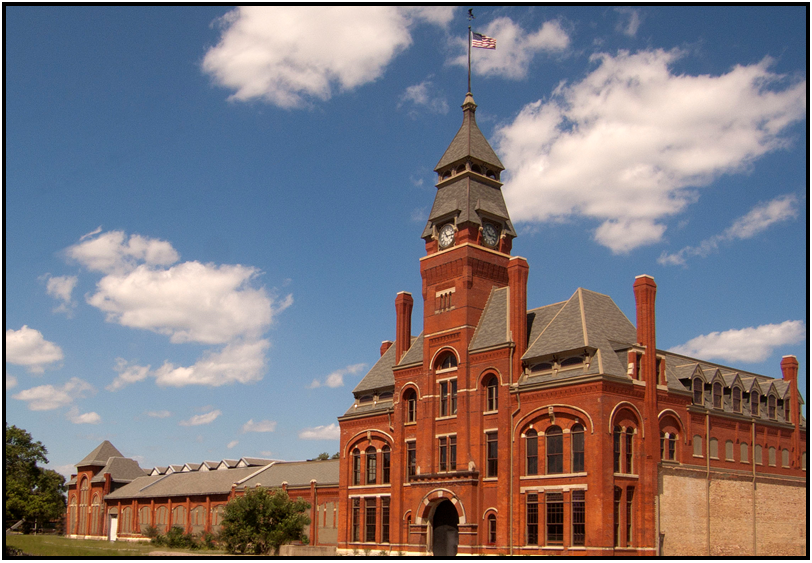
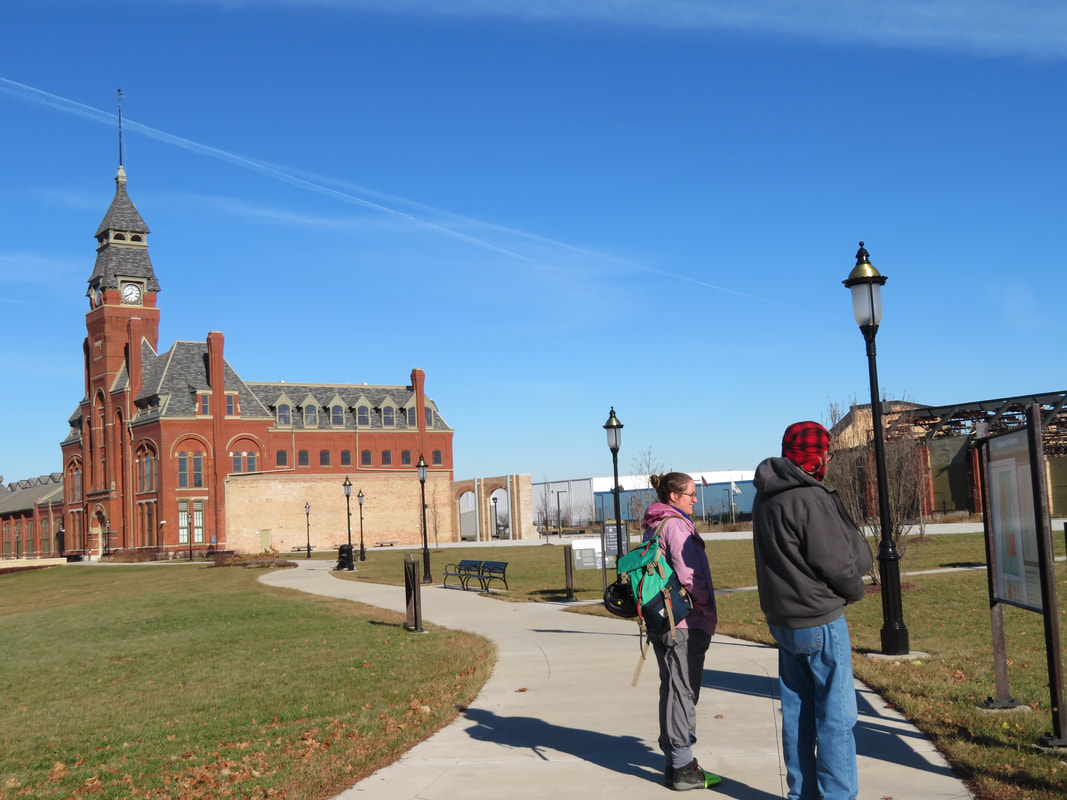
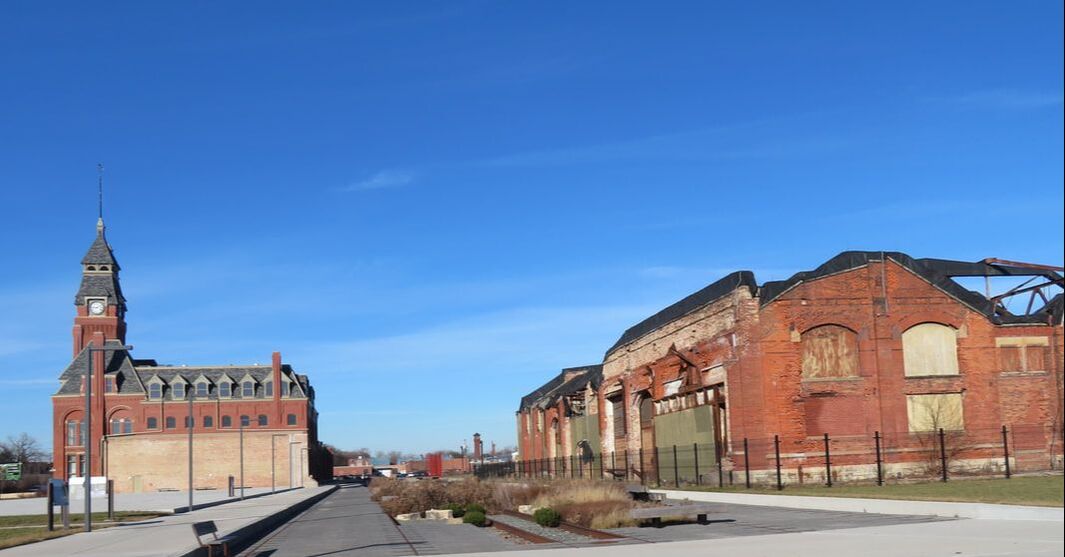
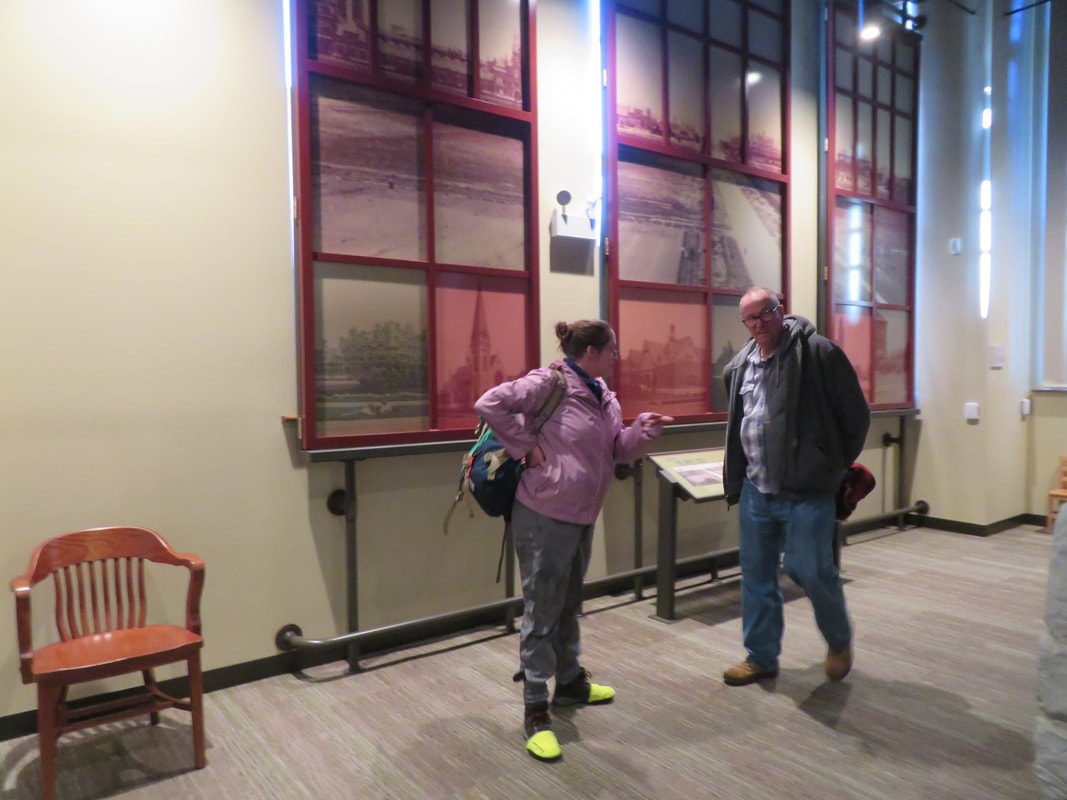
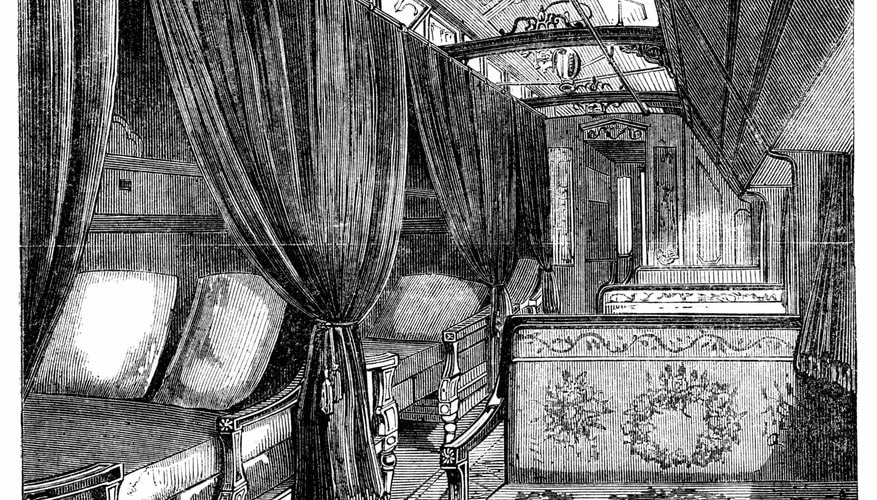
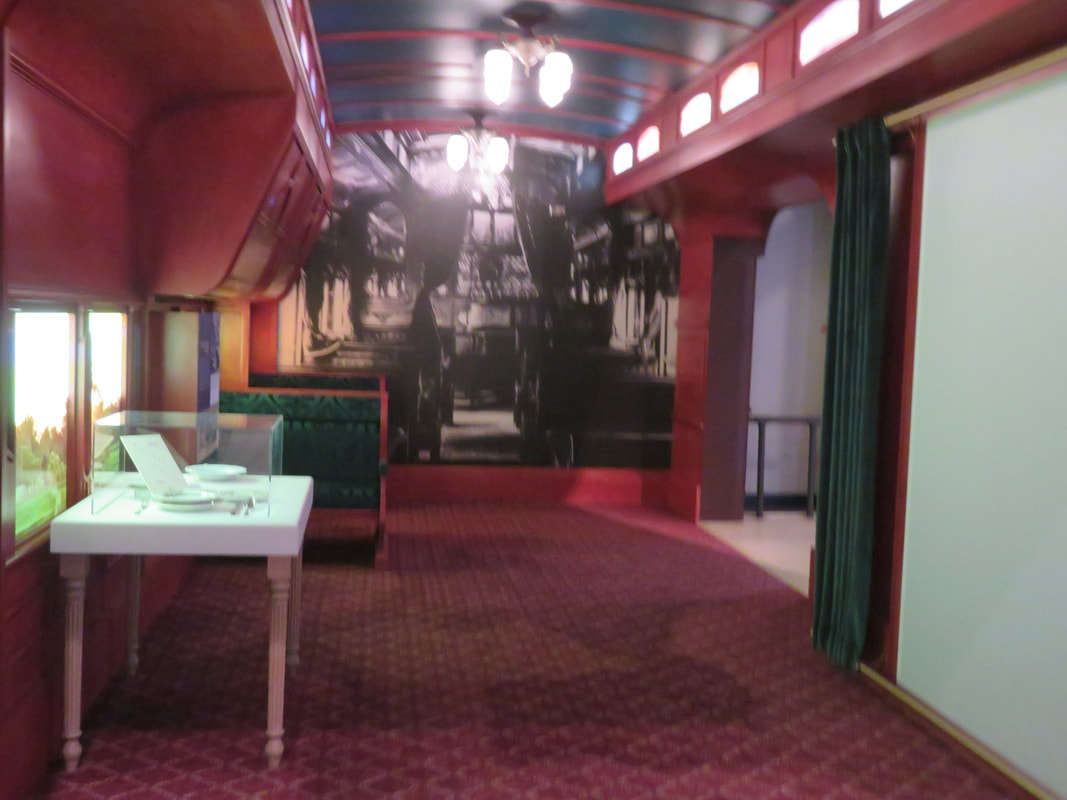
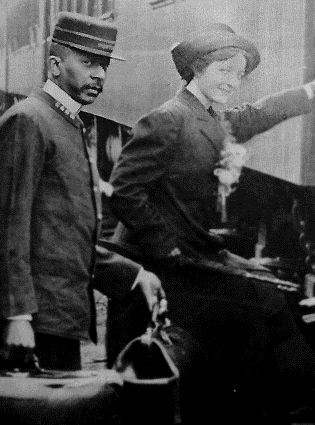
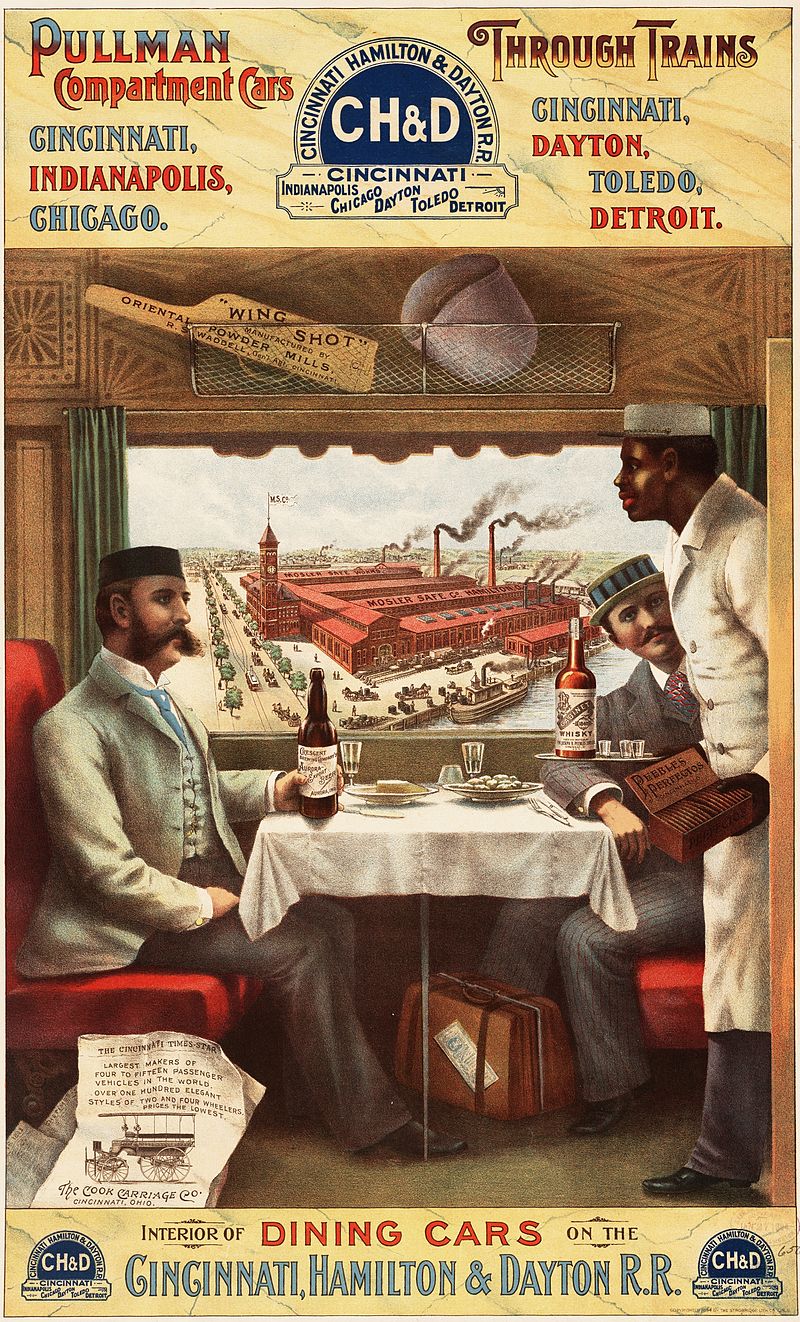
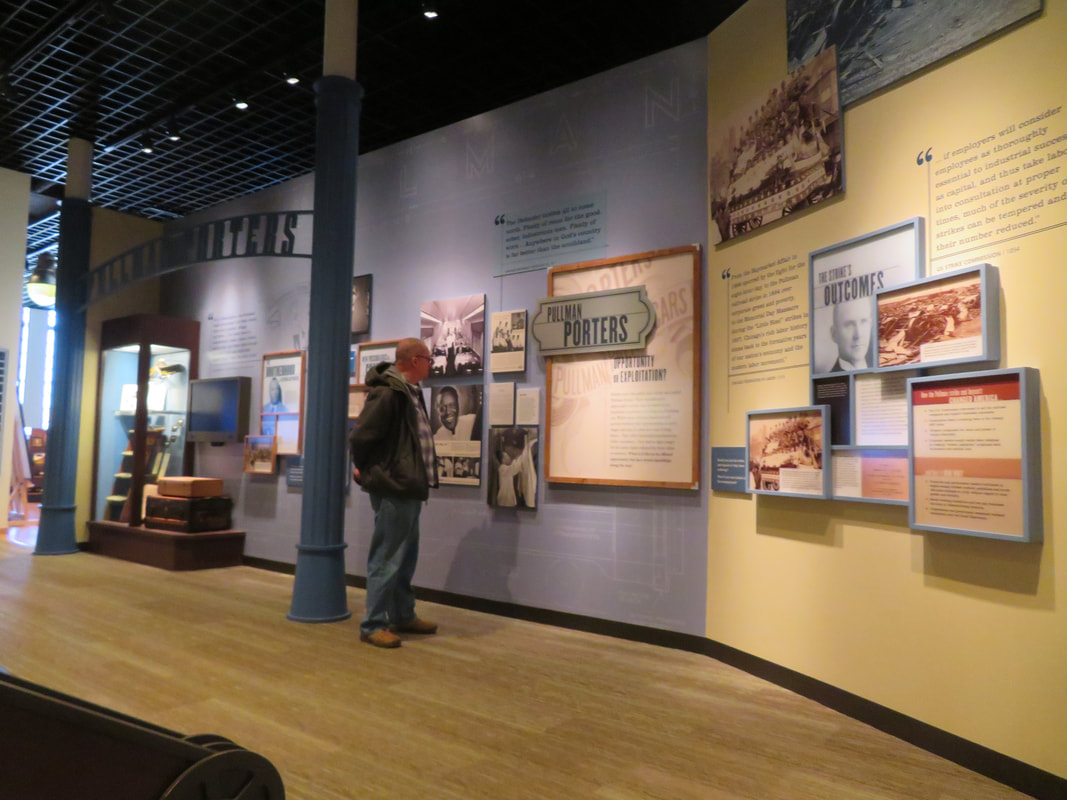
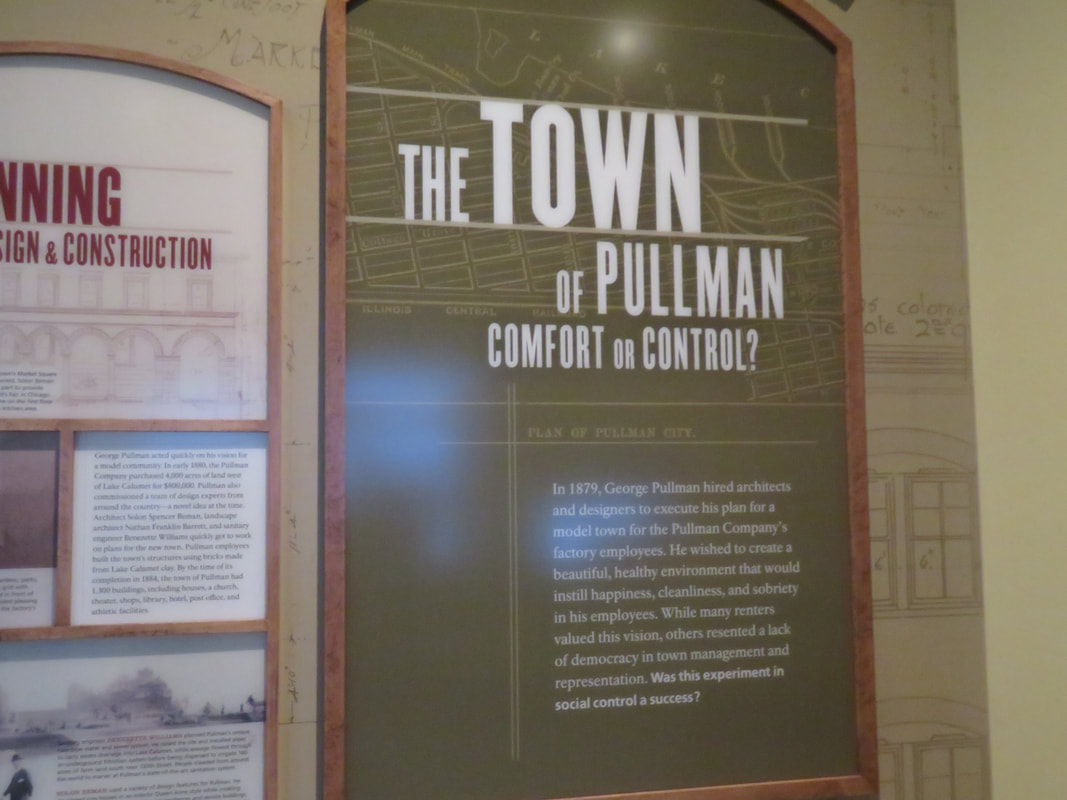
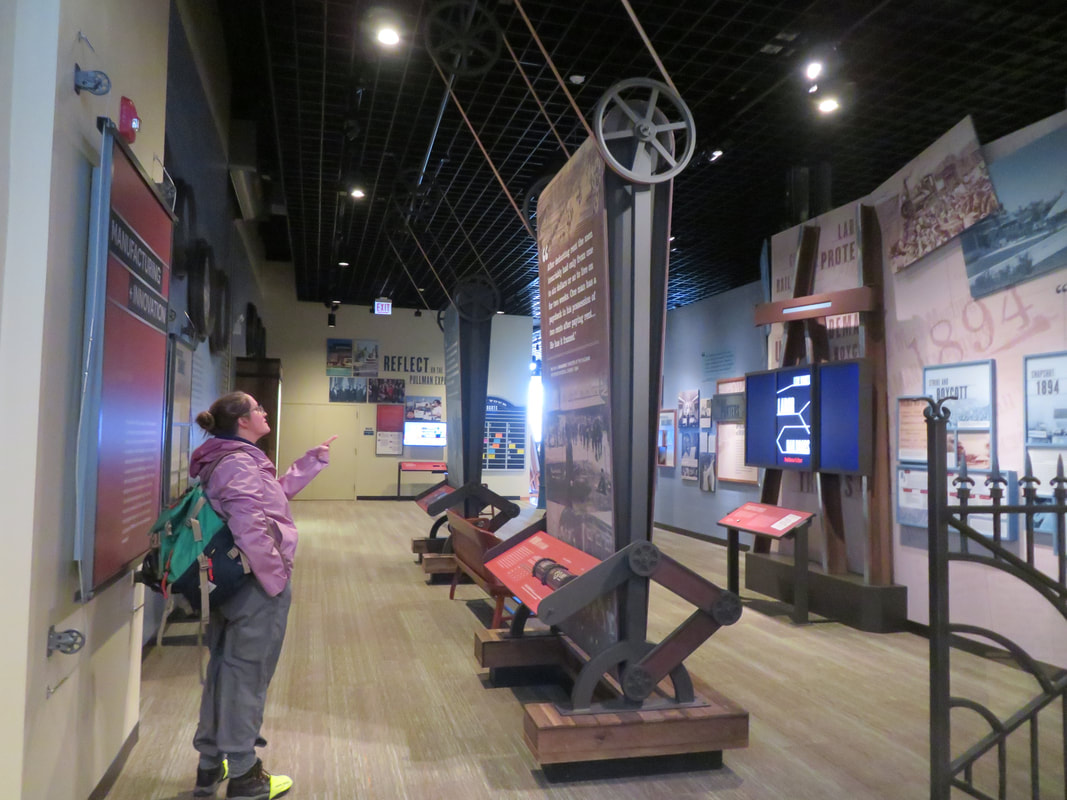
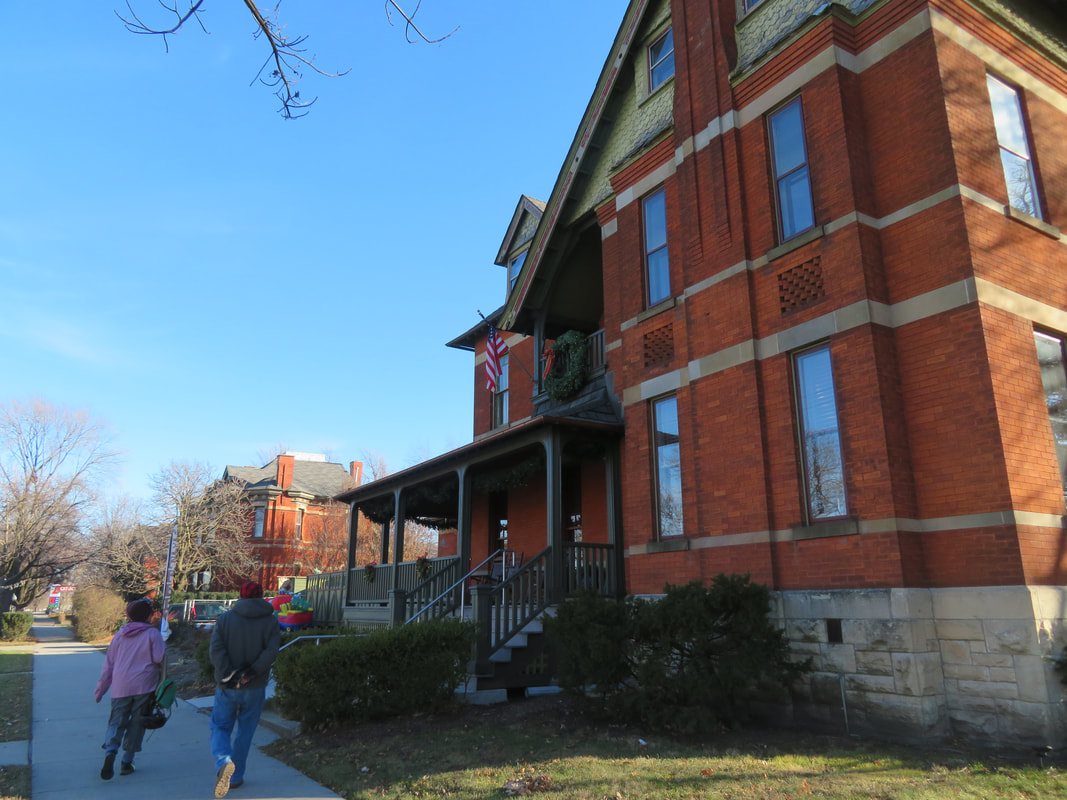
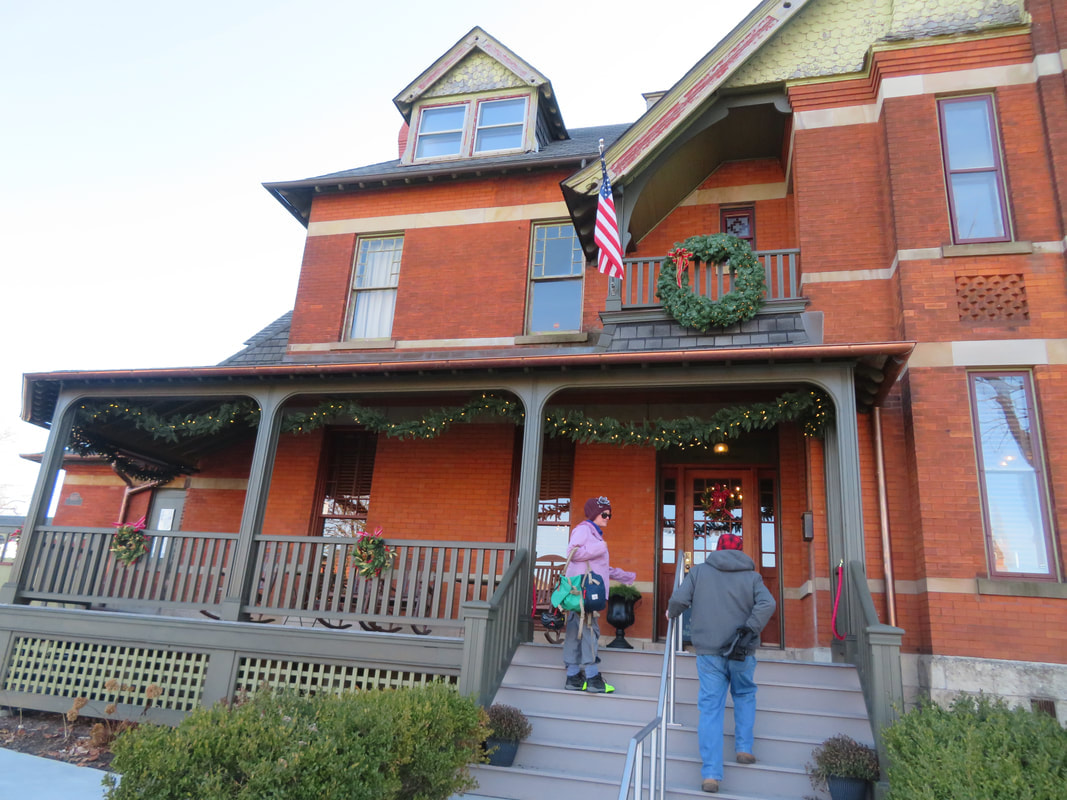
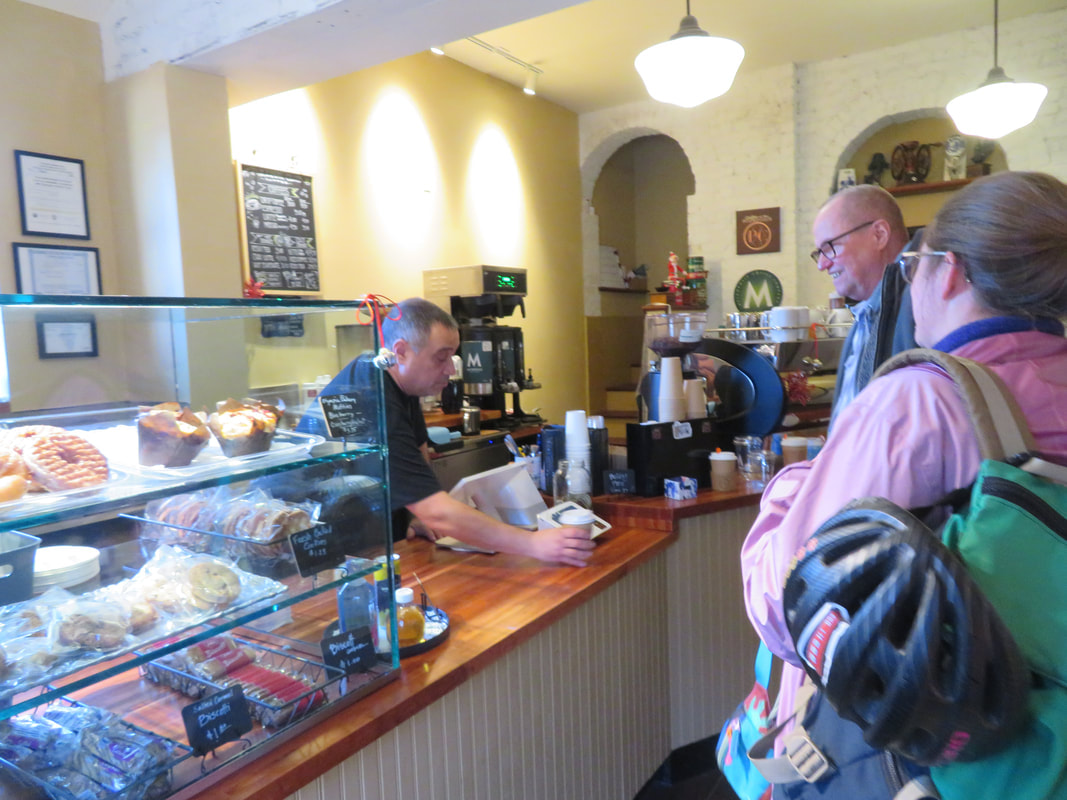
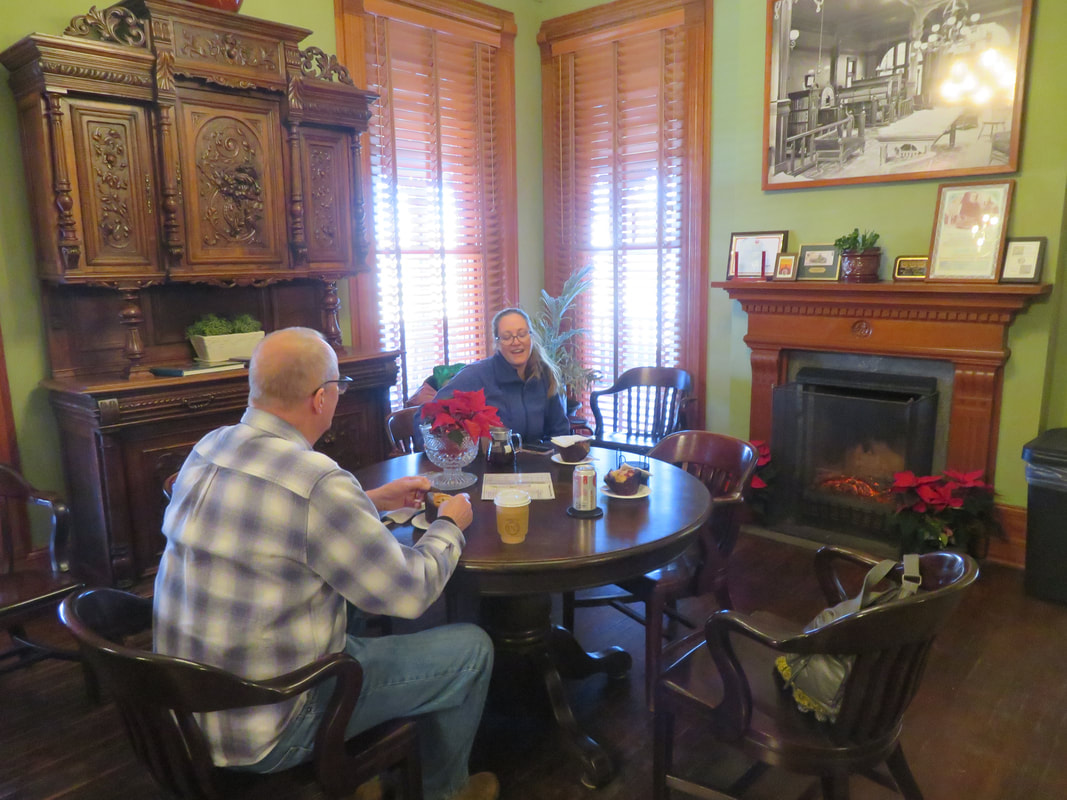
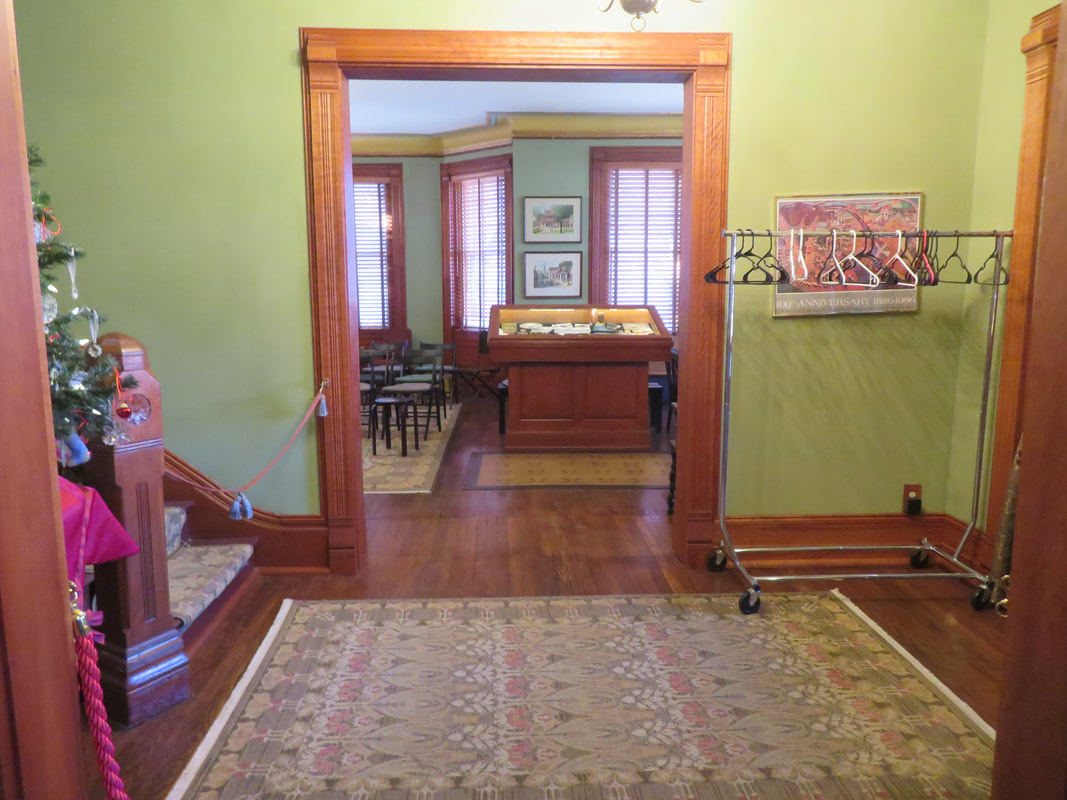
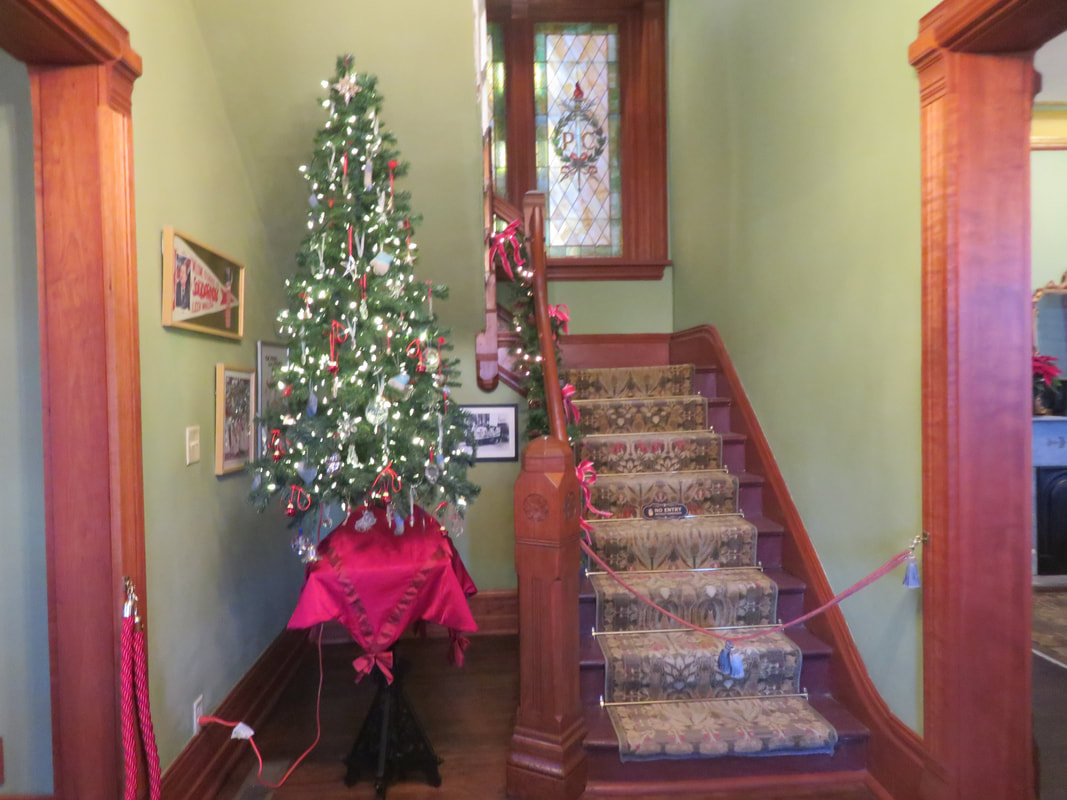
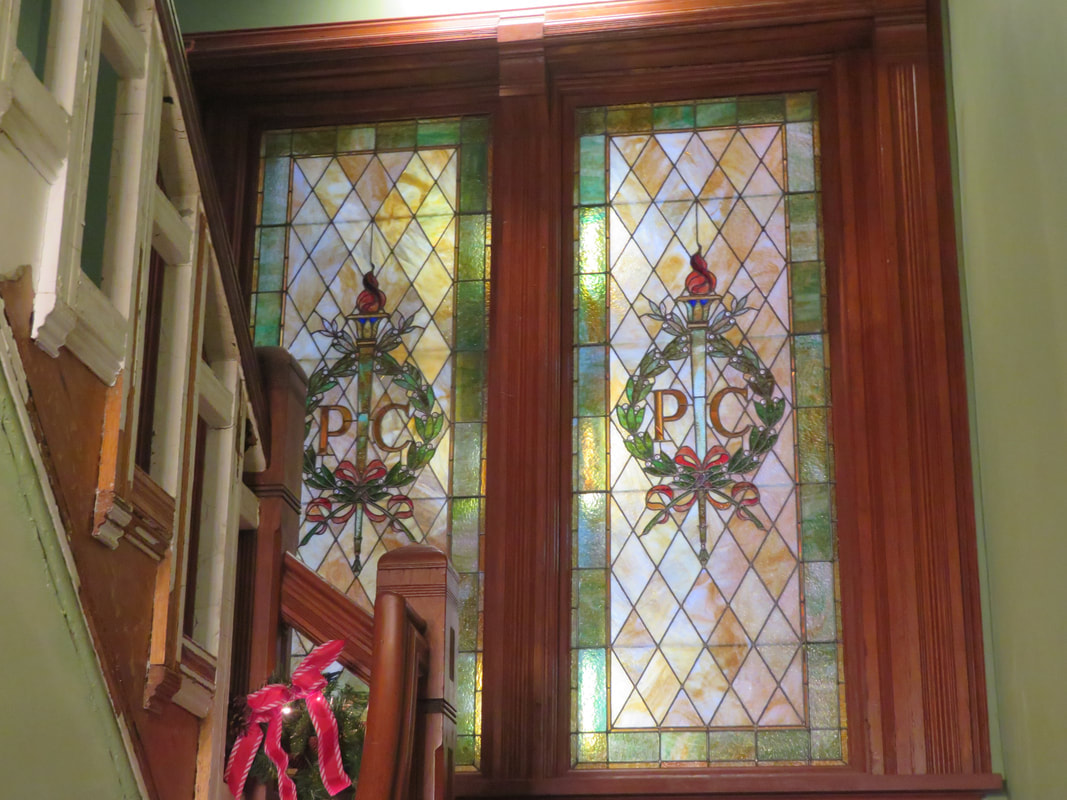

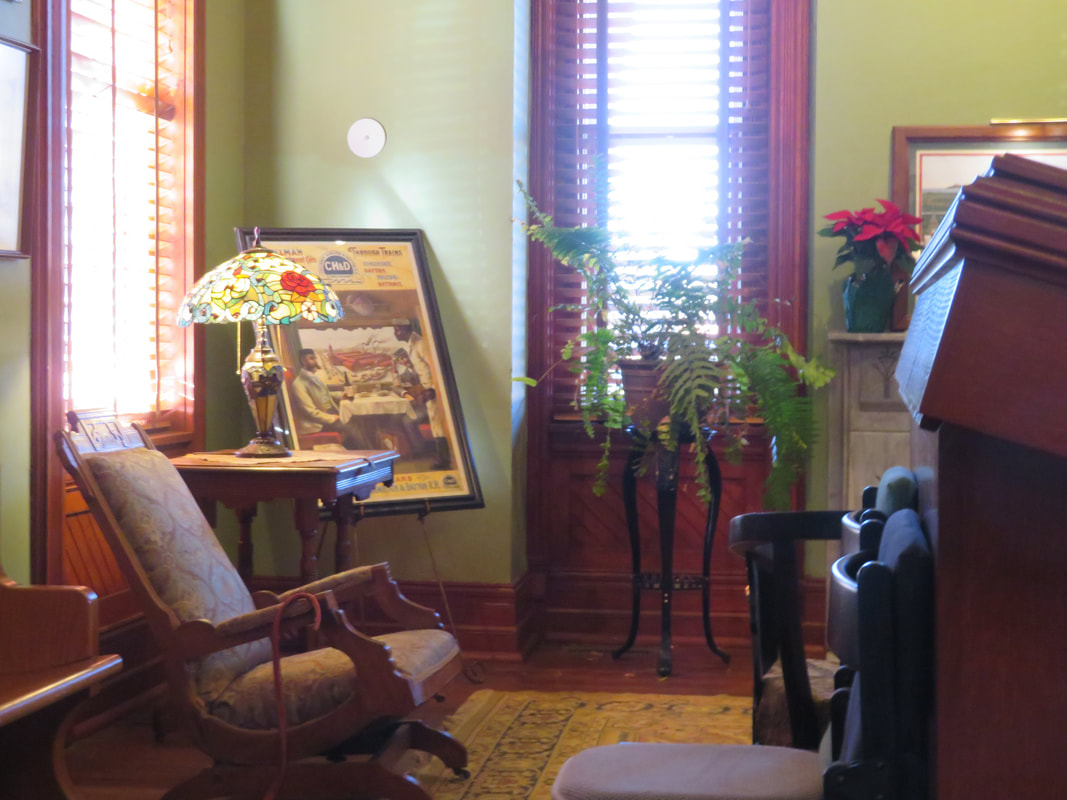
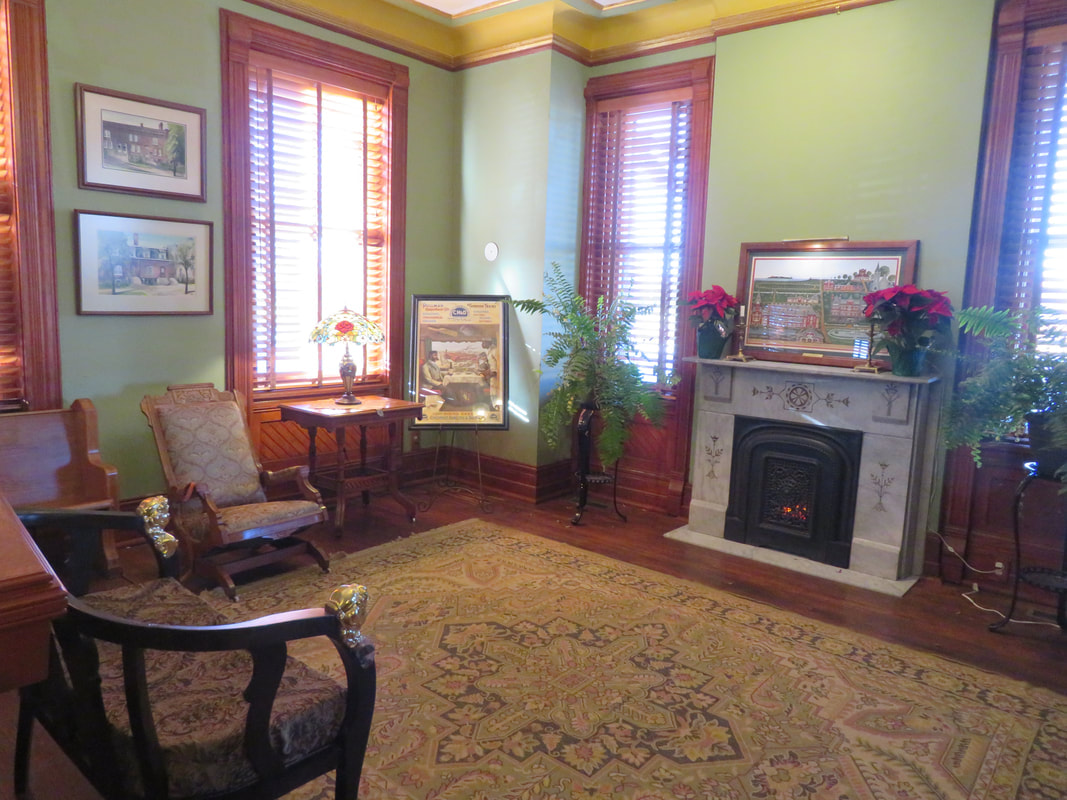
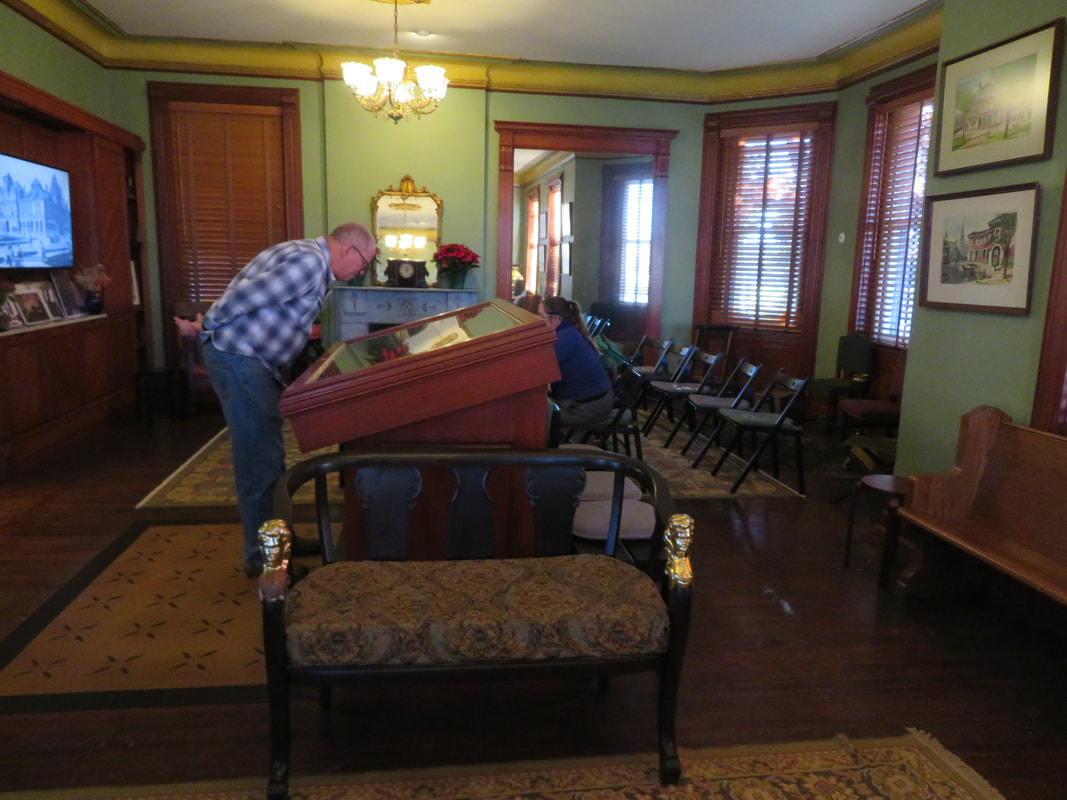

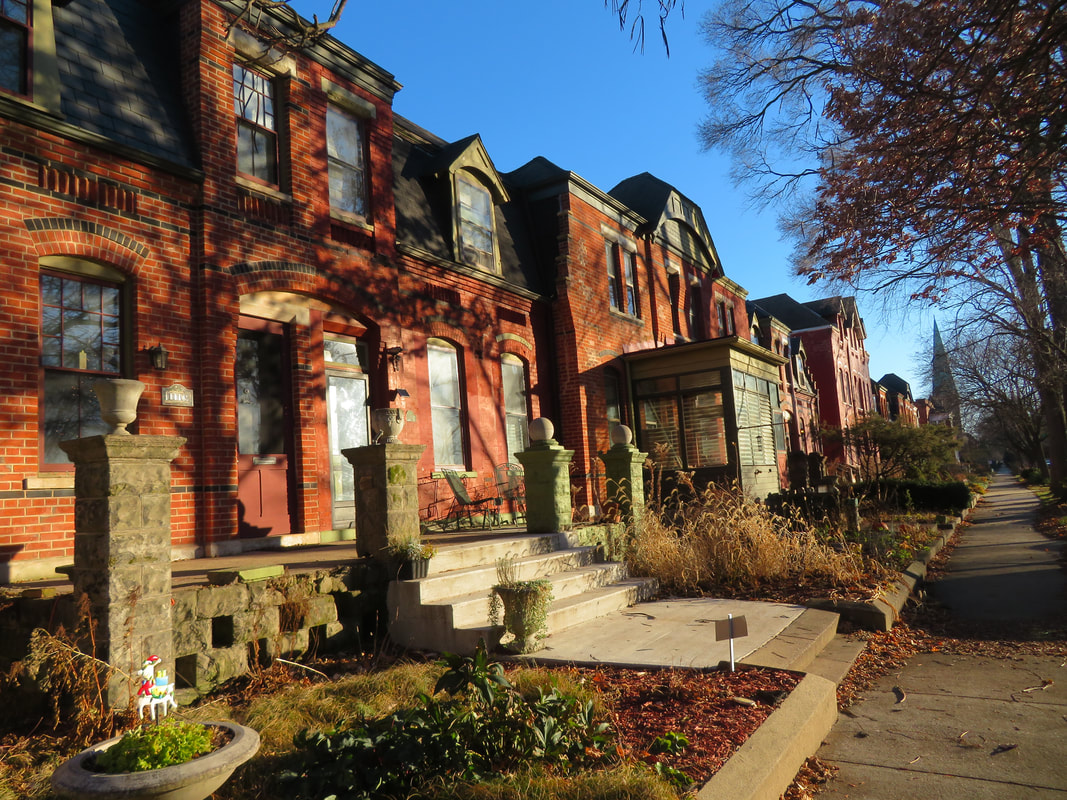
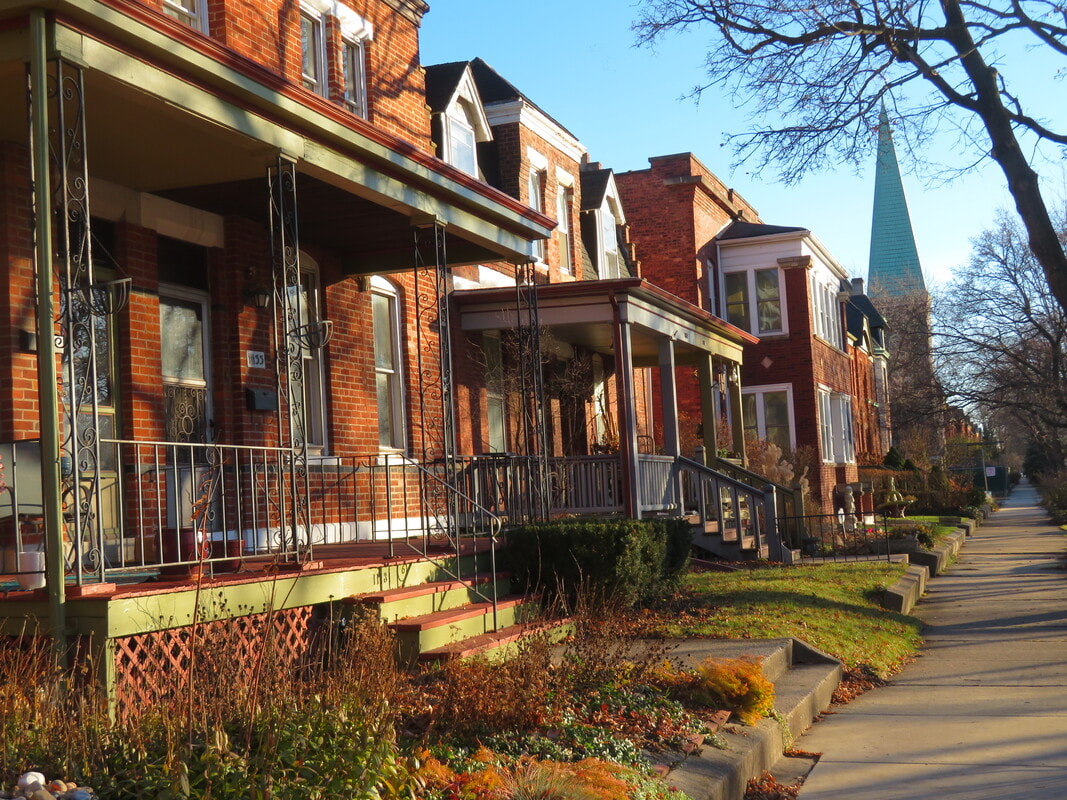
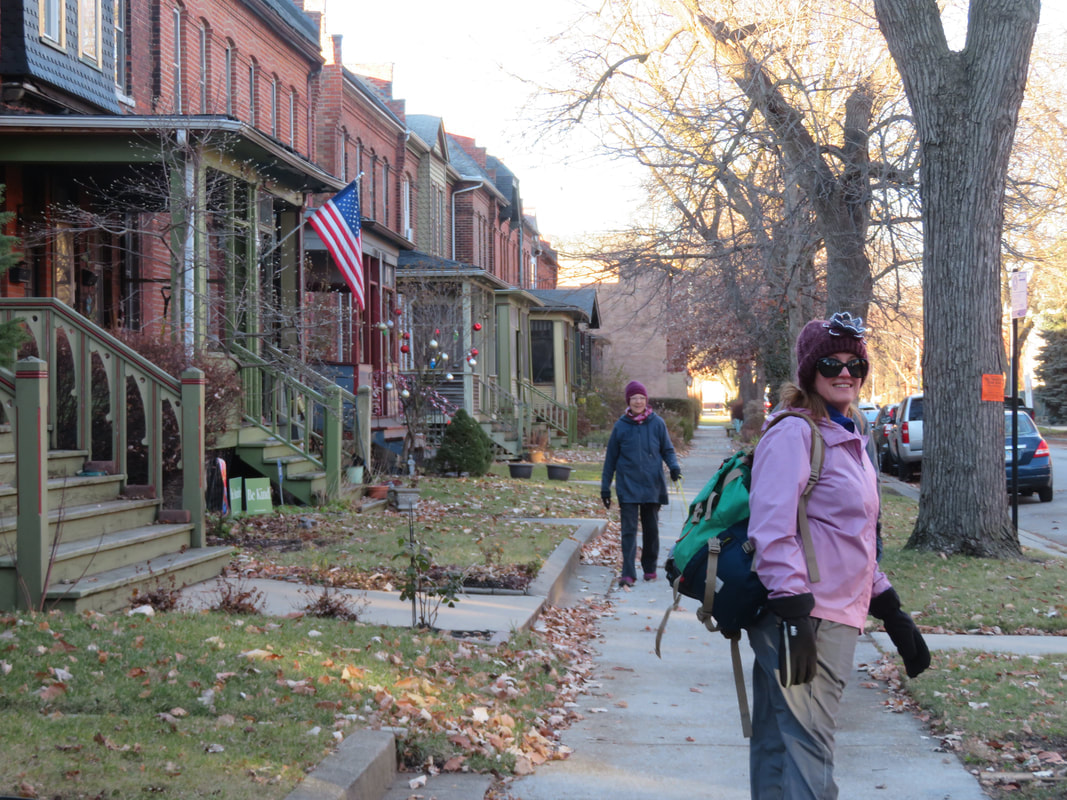
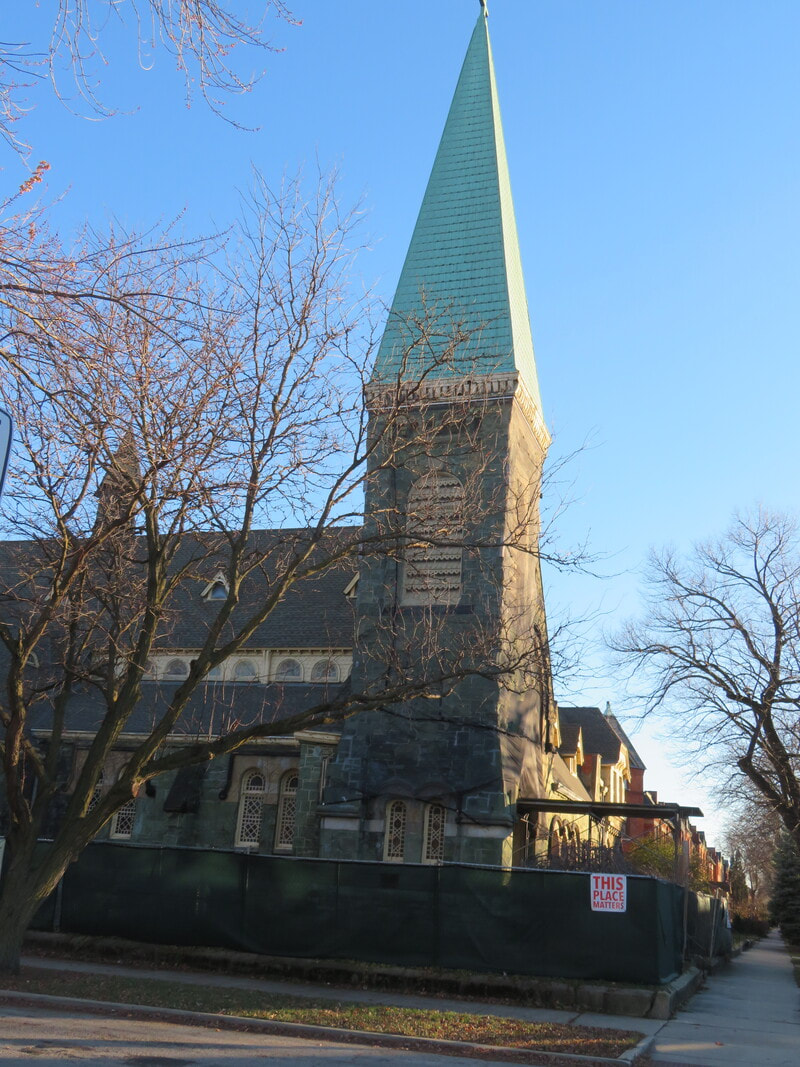
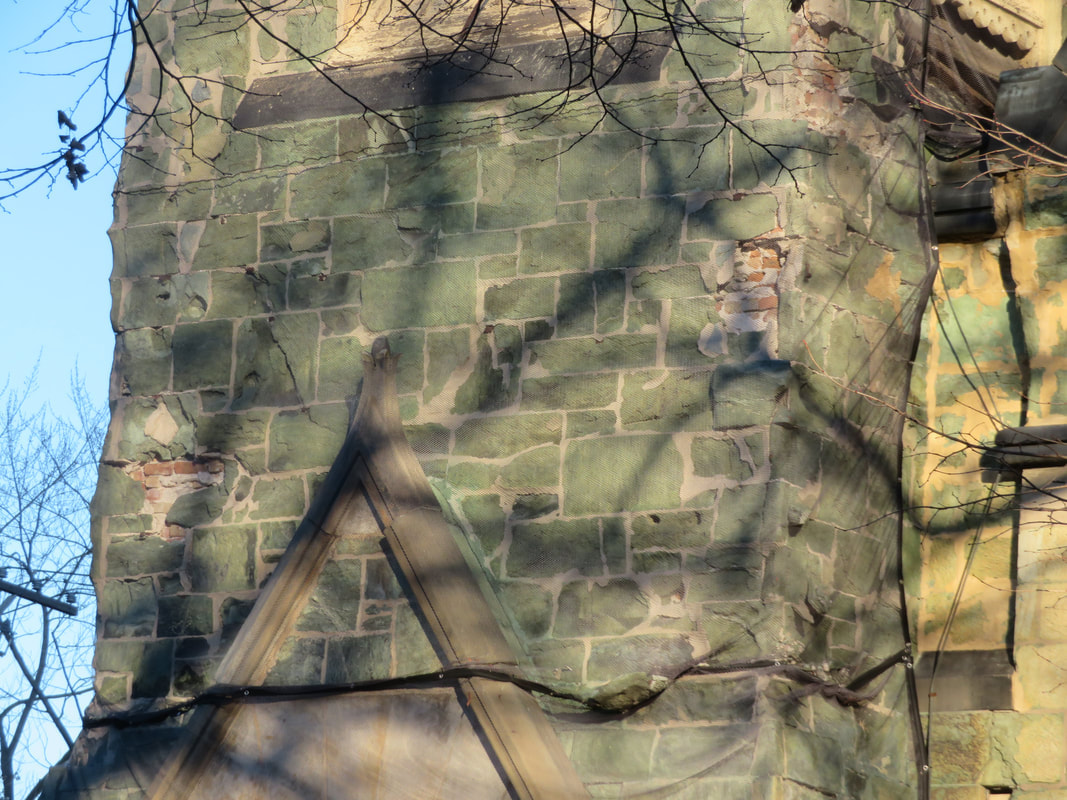
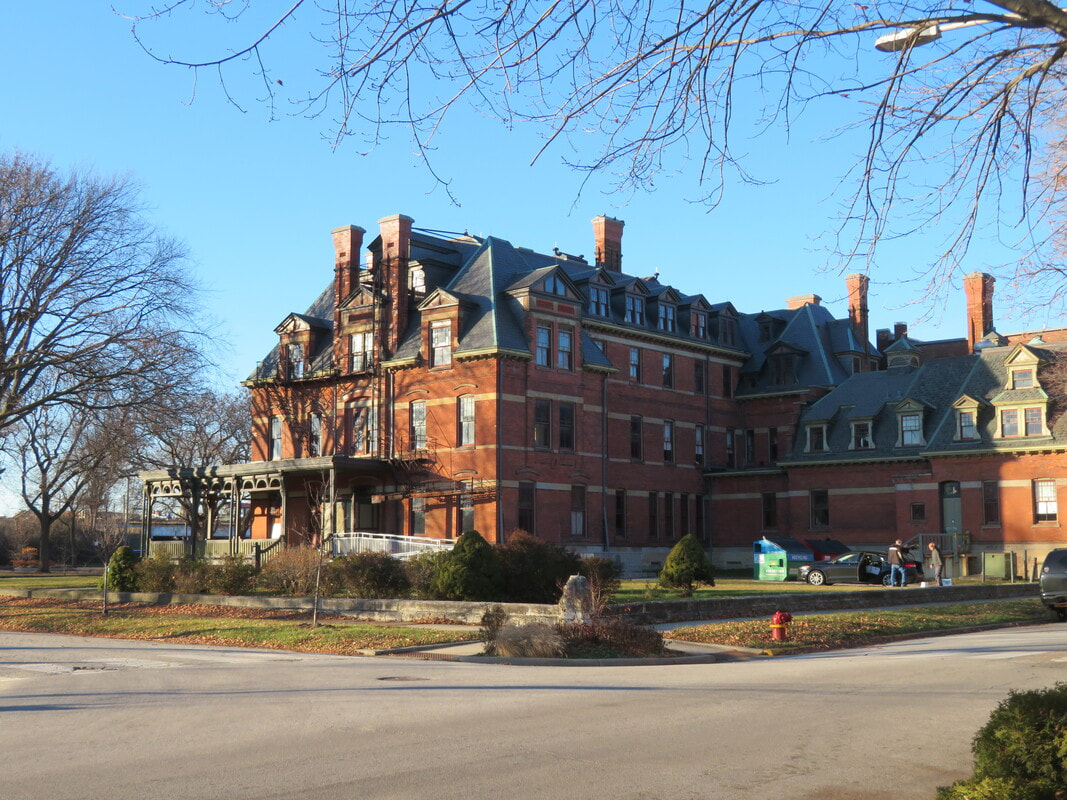
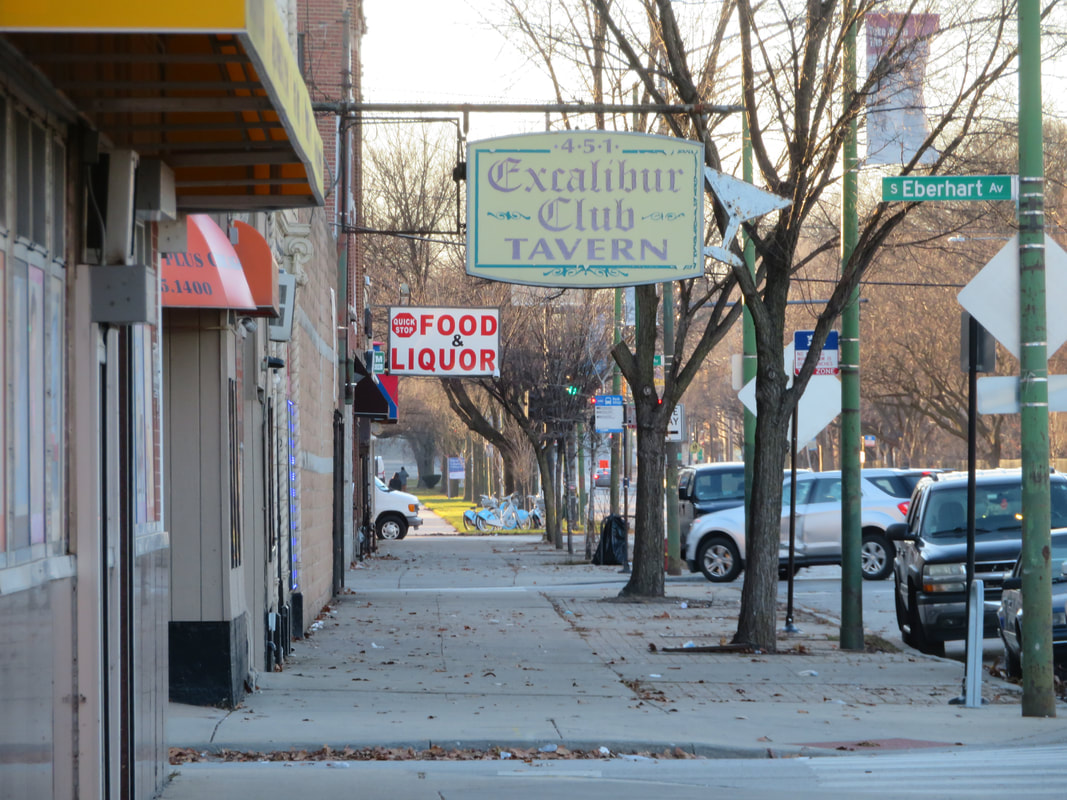
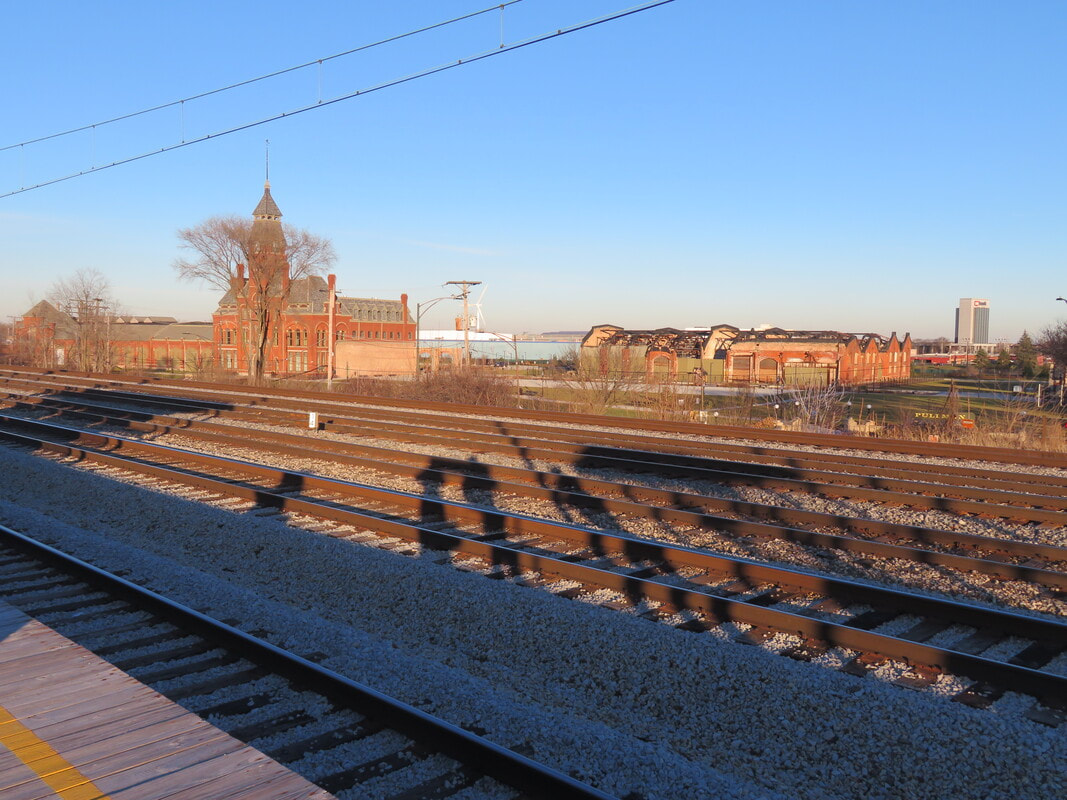



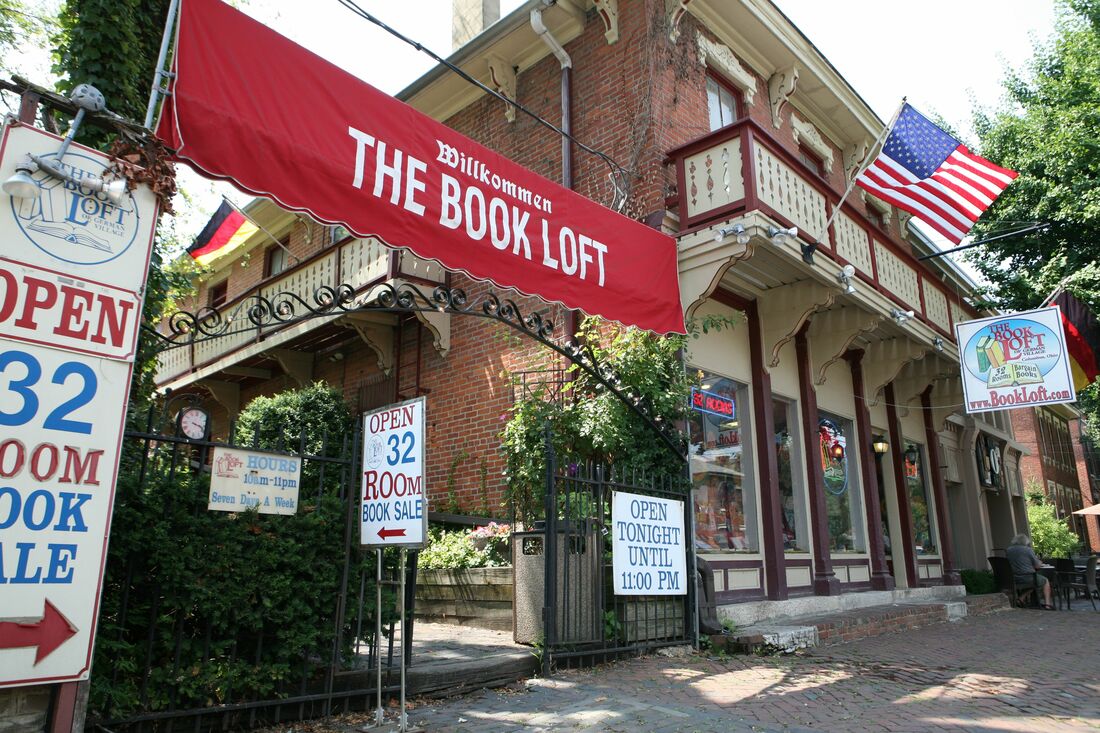

 RSS Feed
RSS Feed